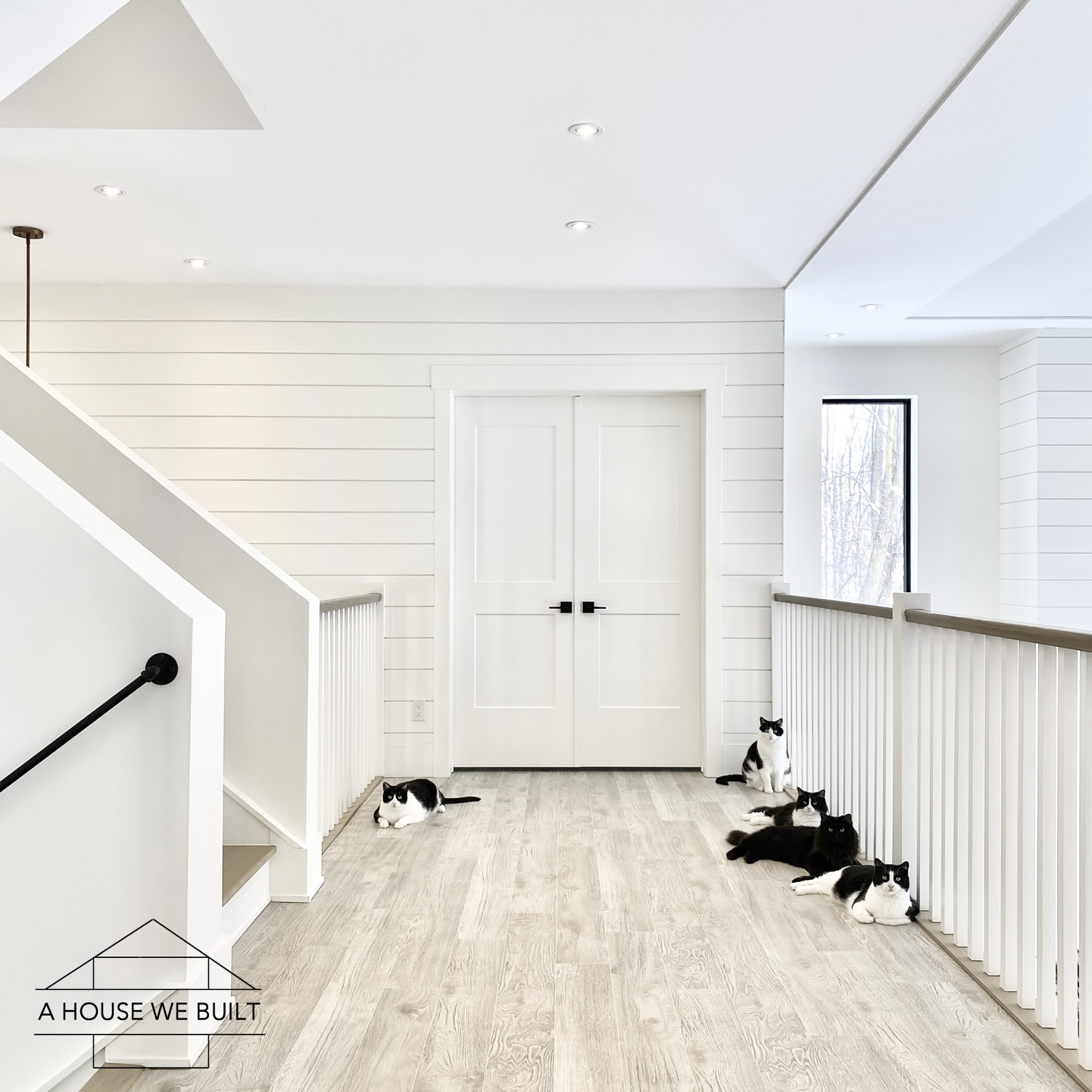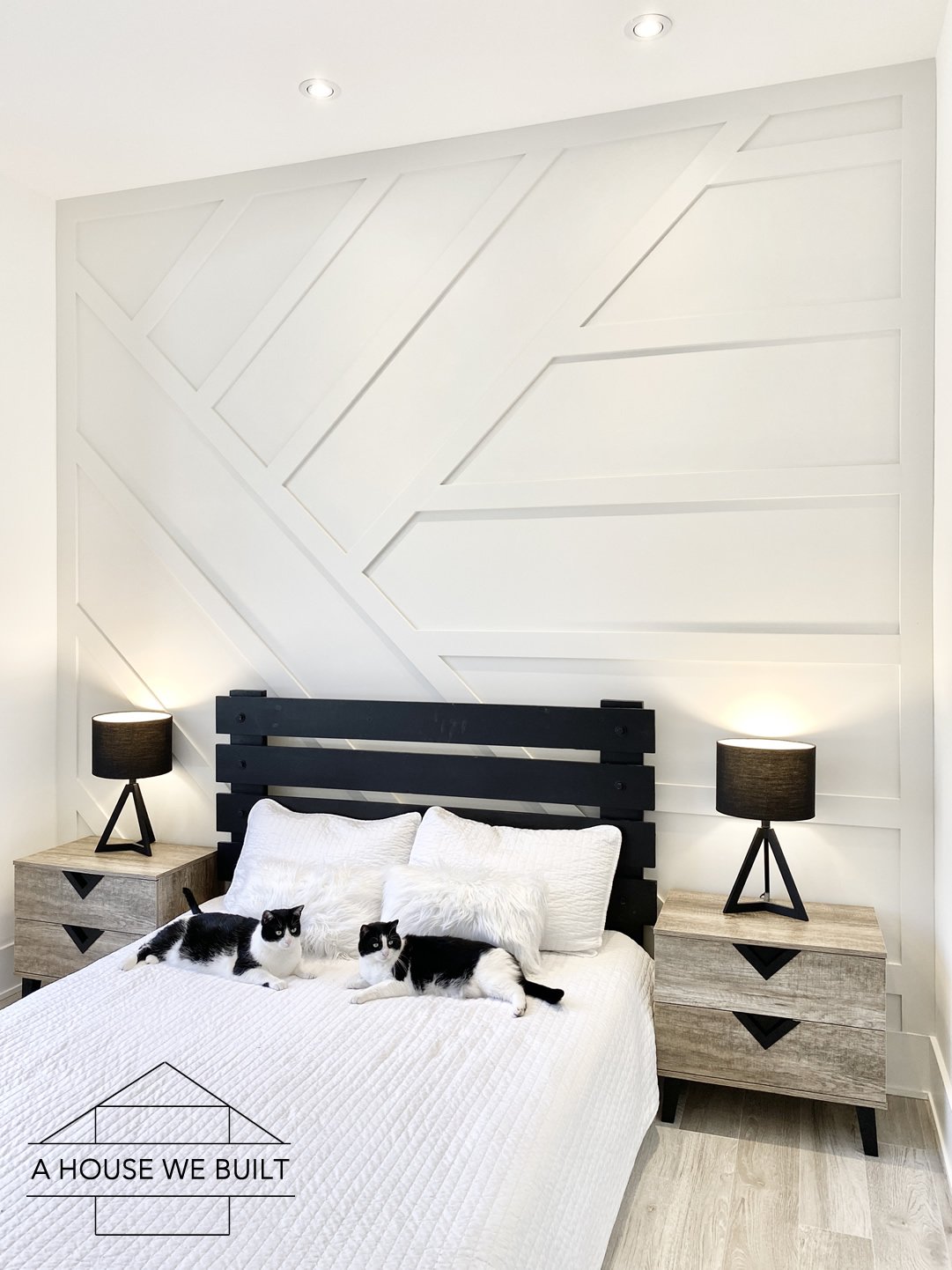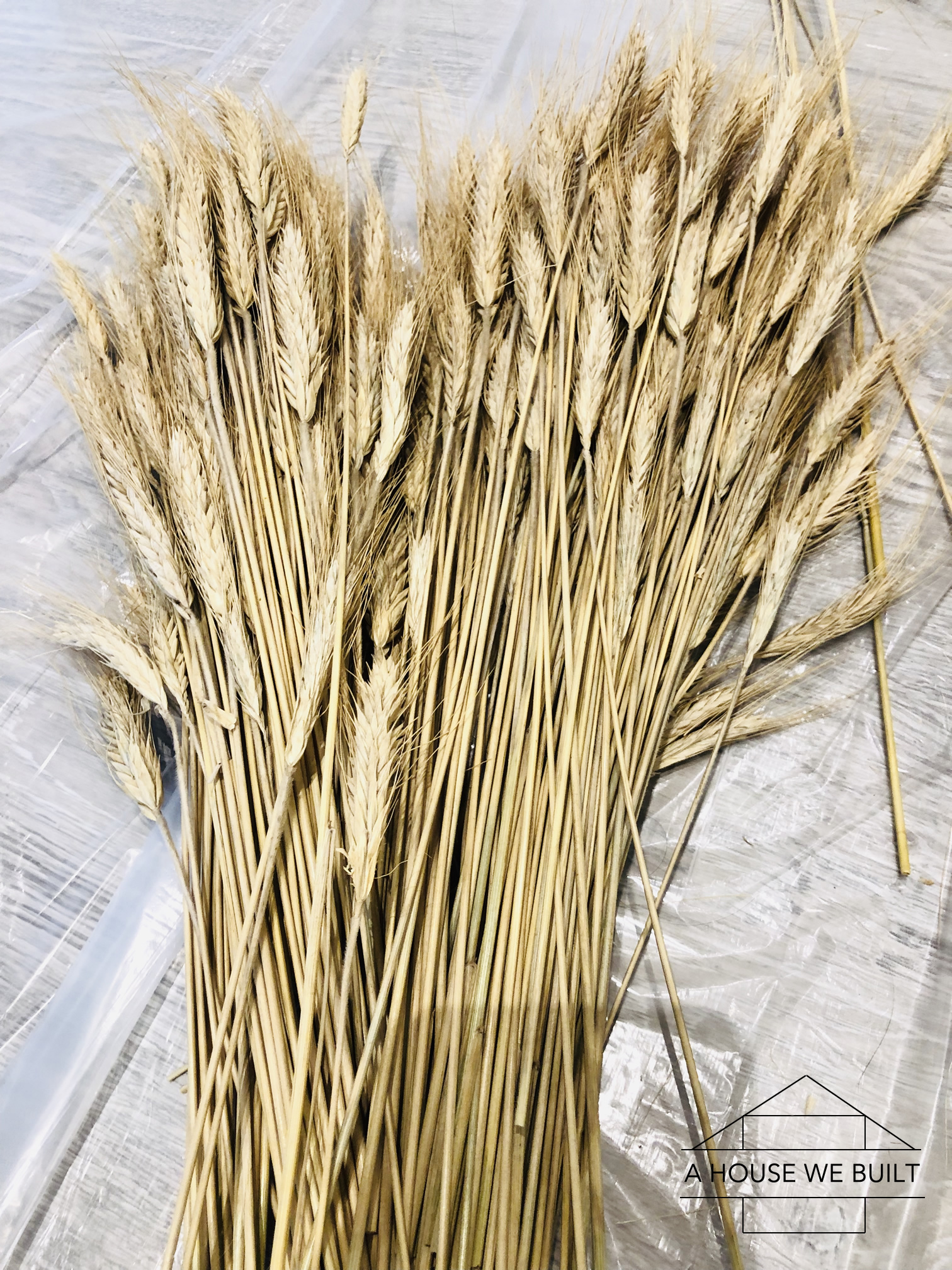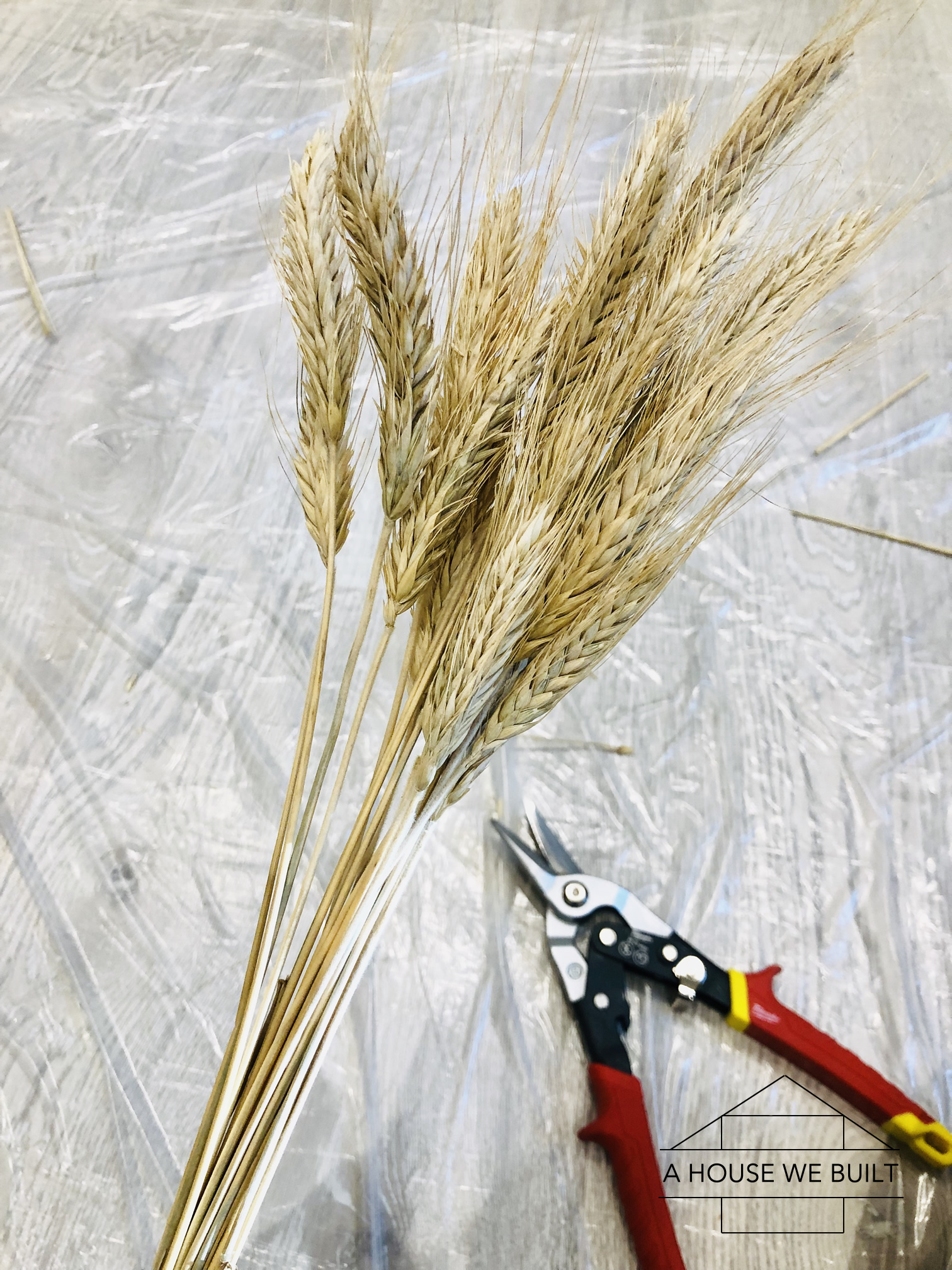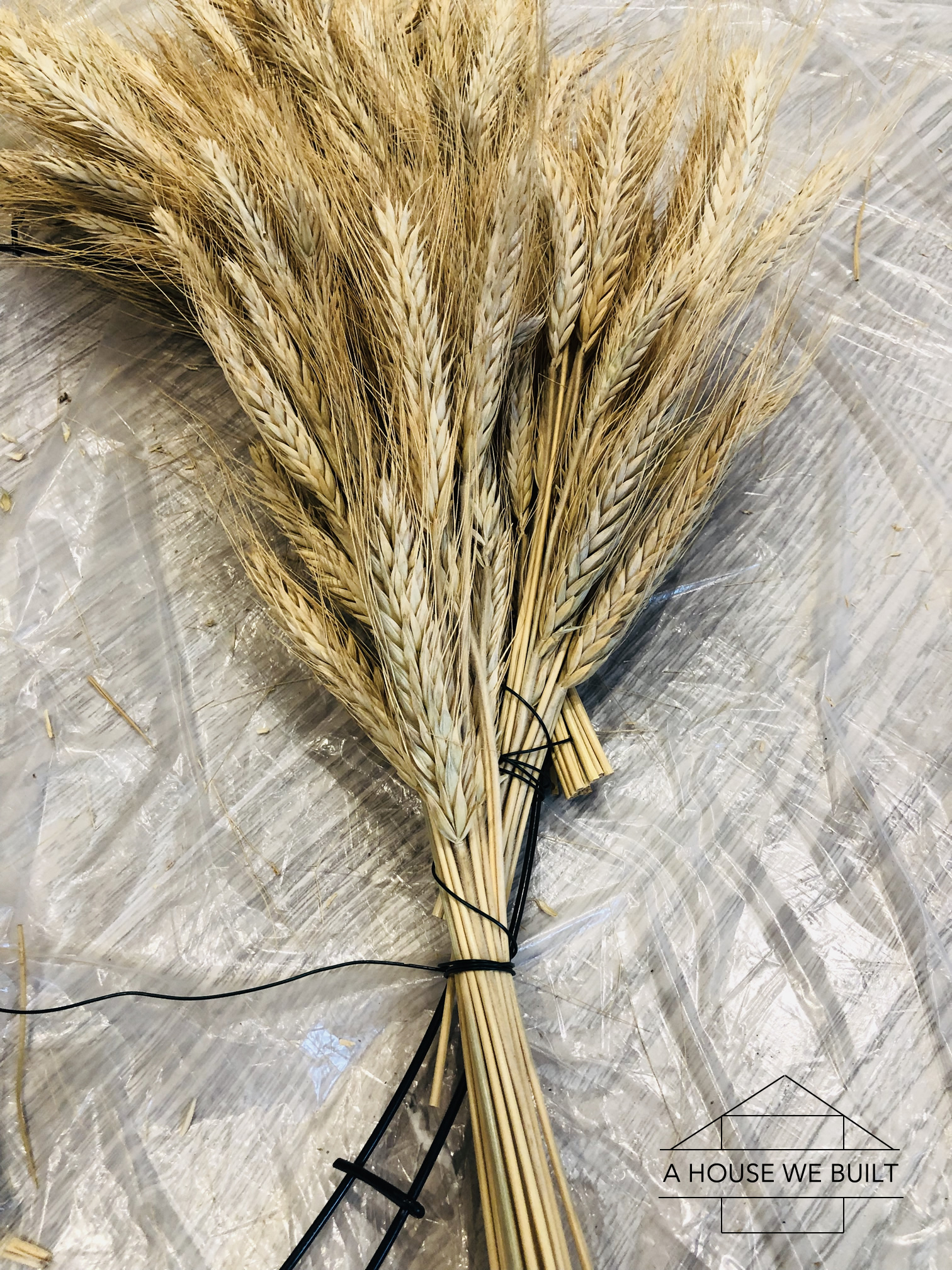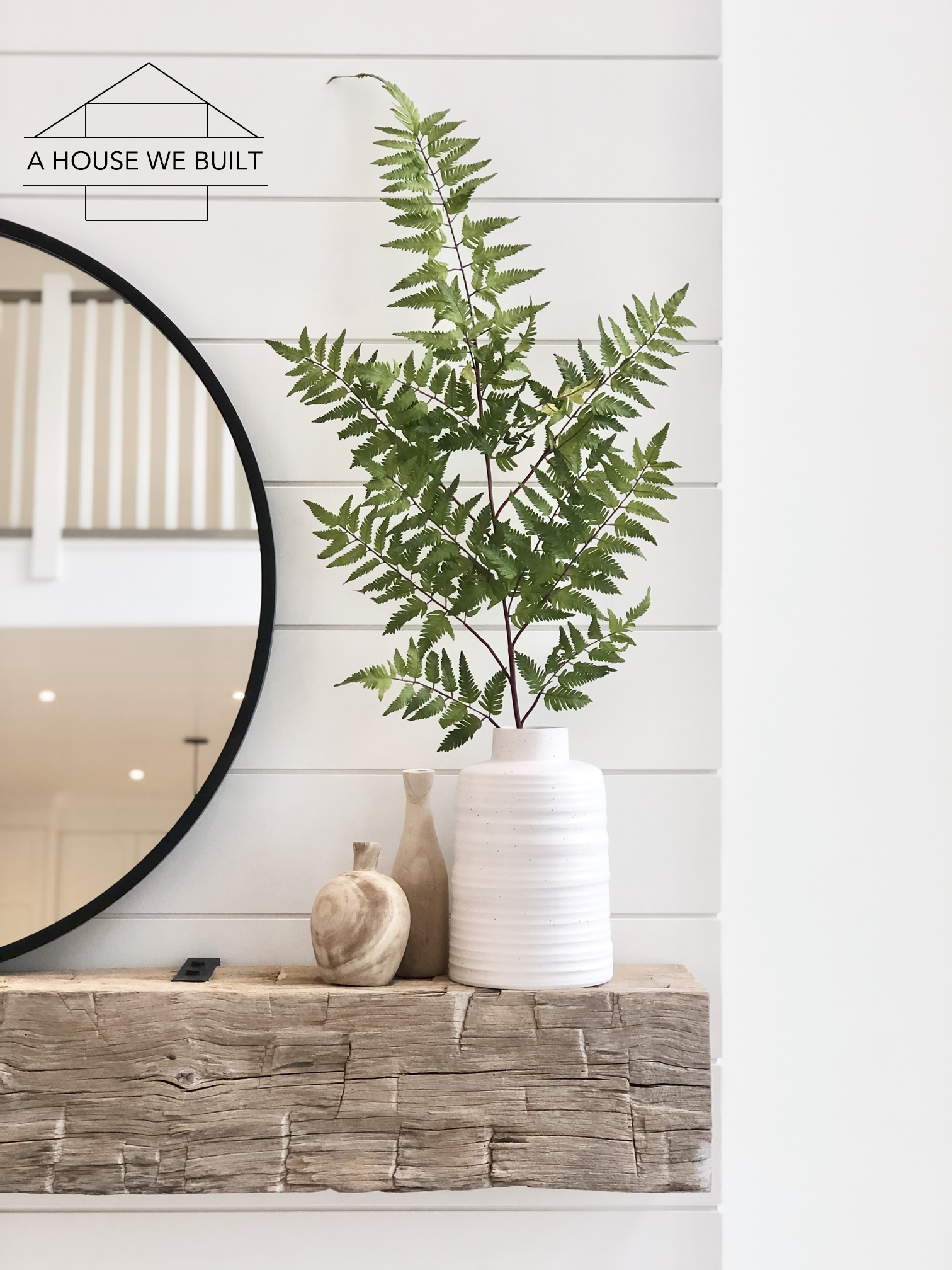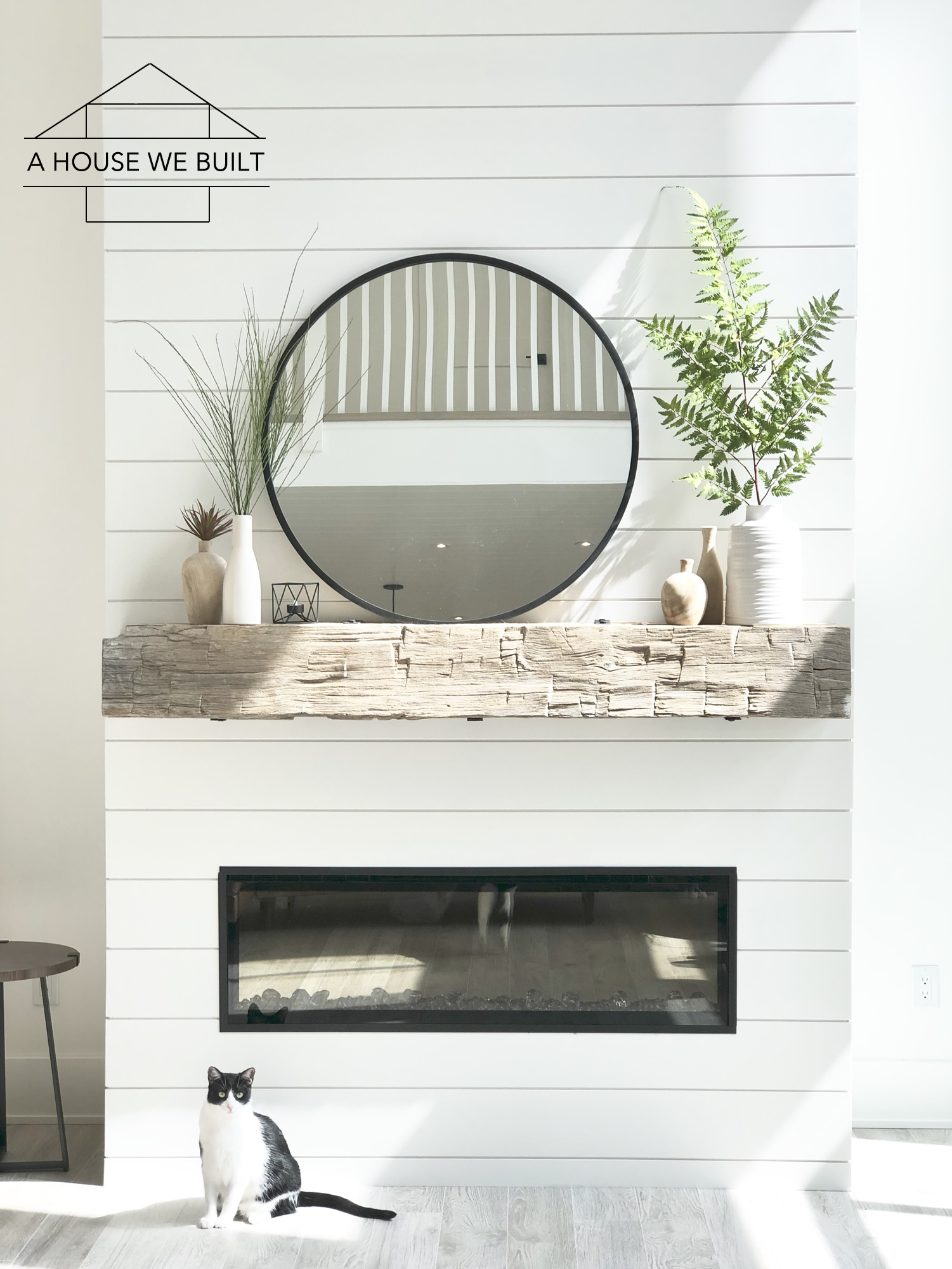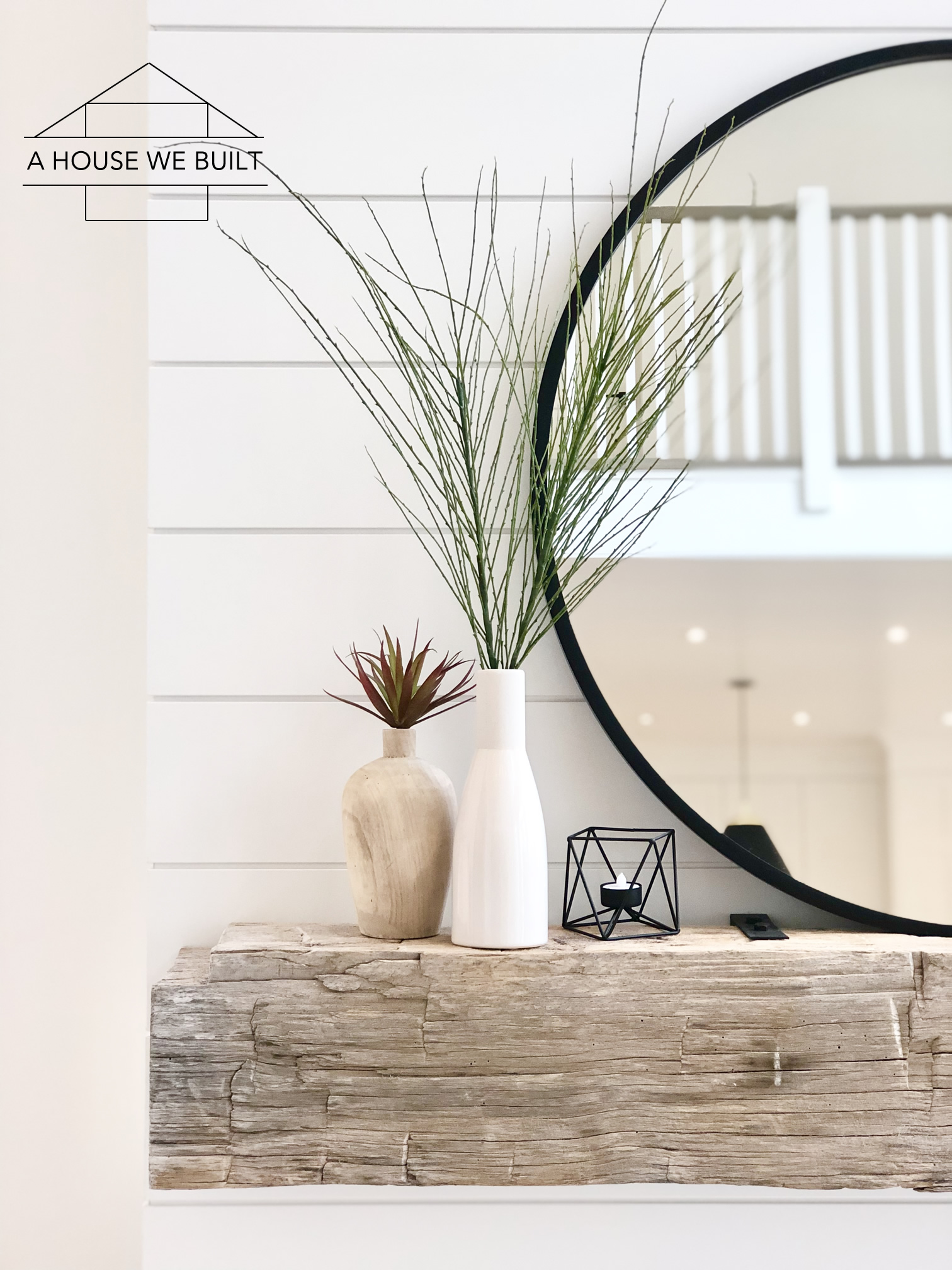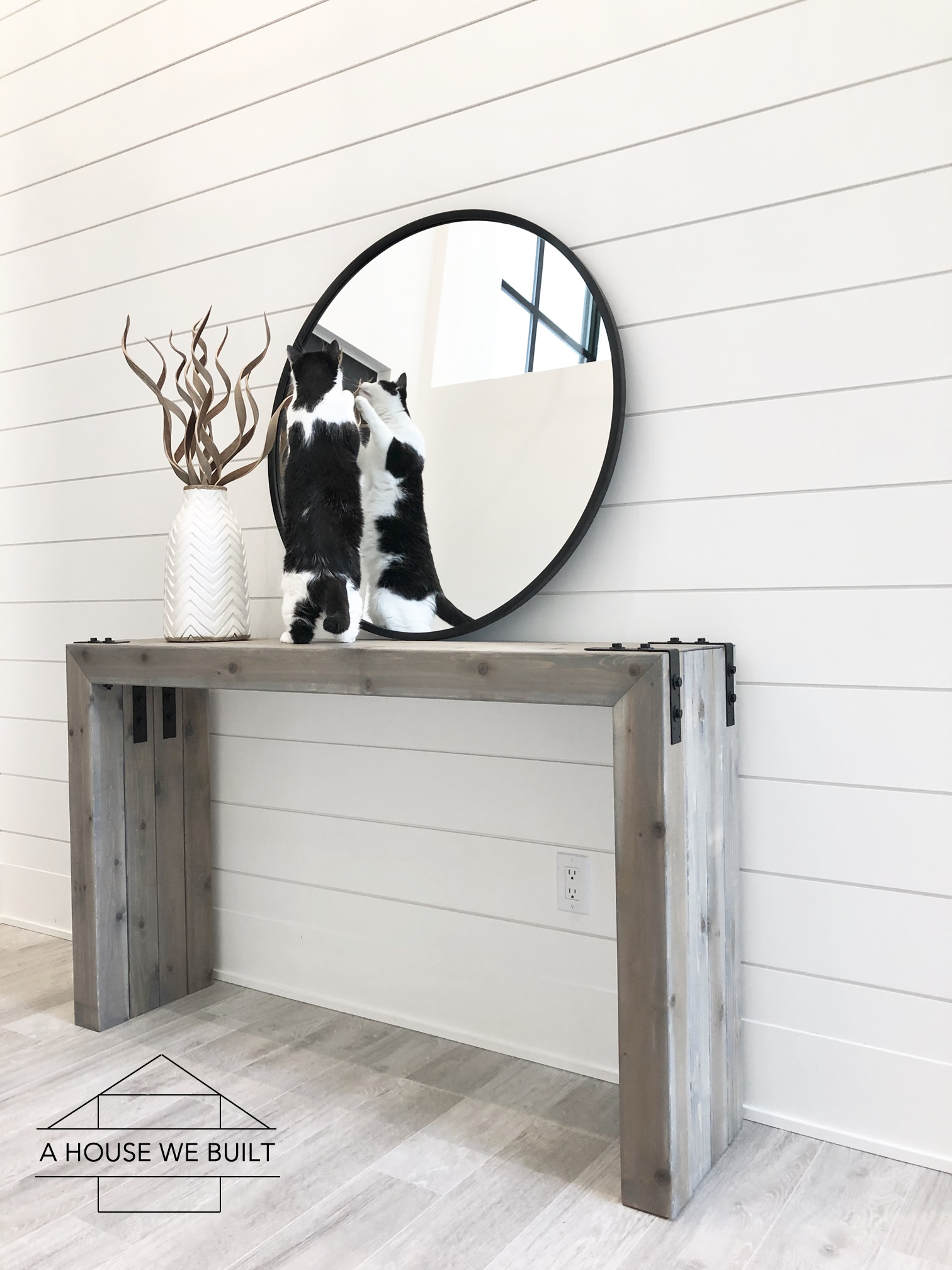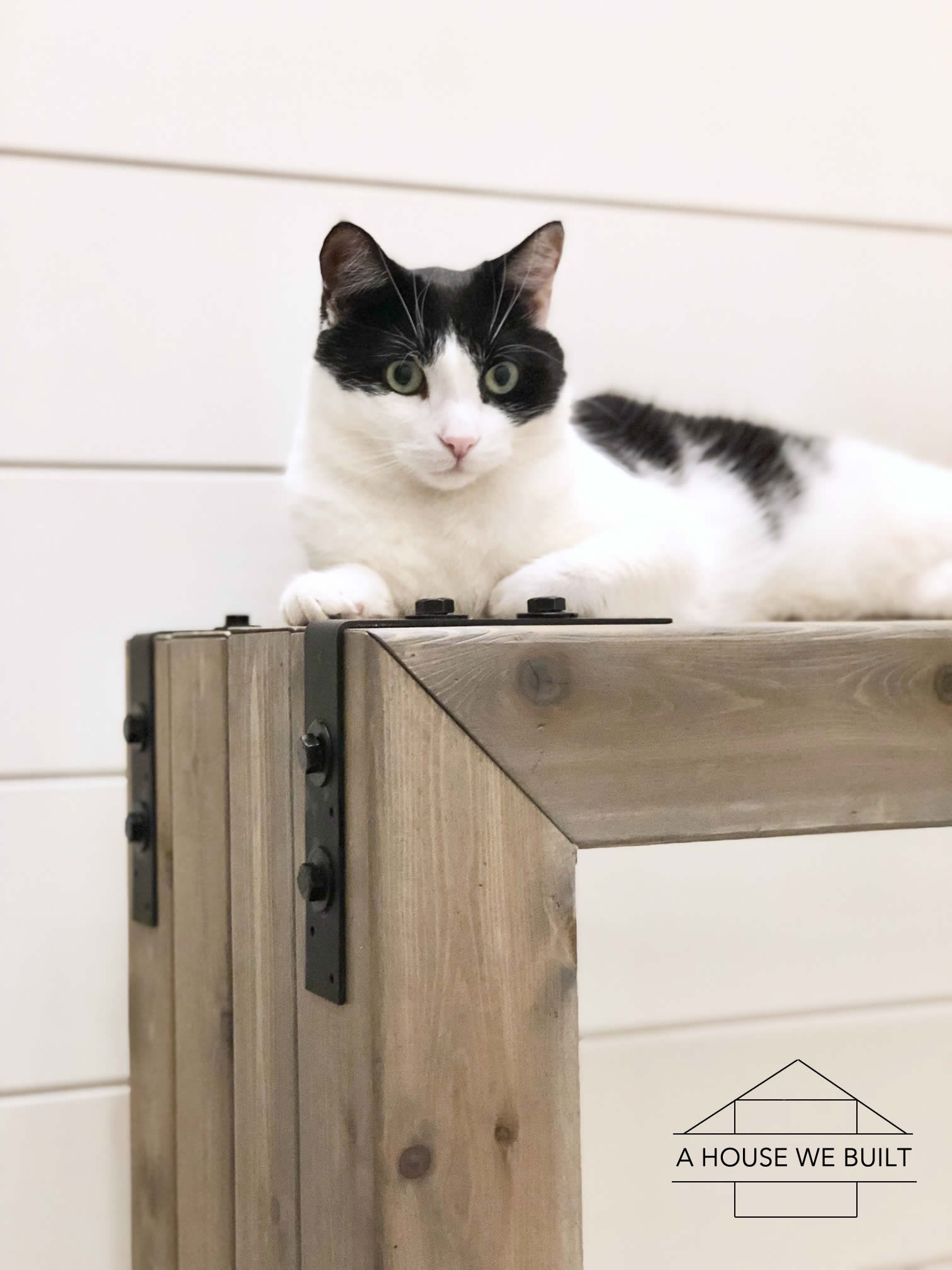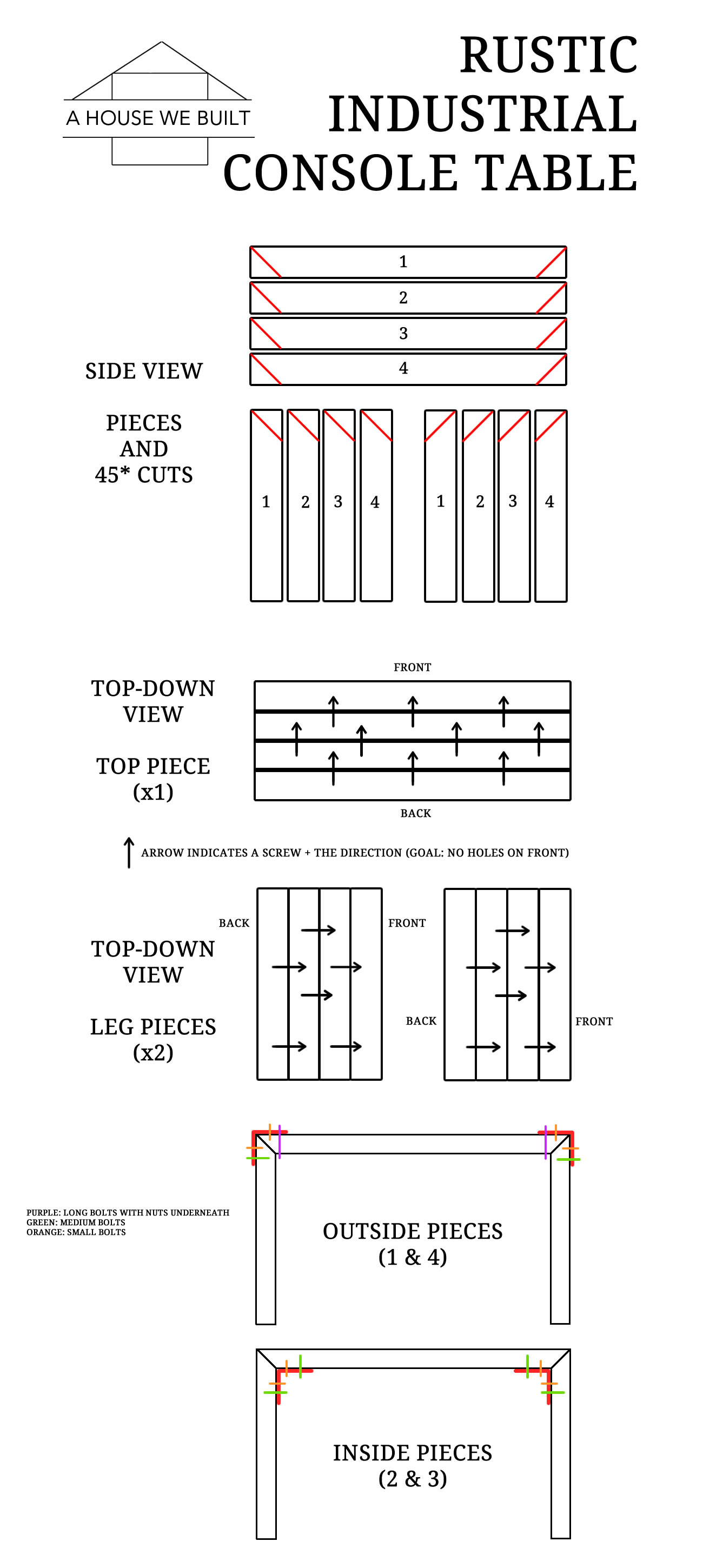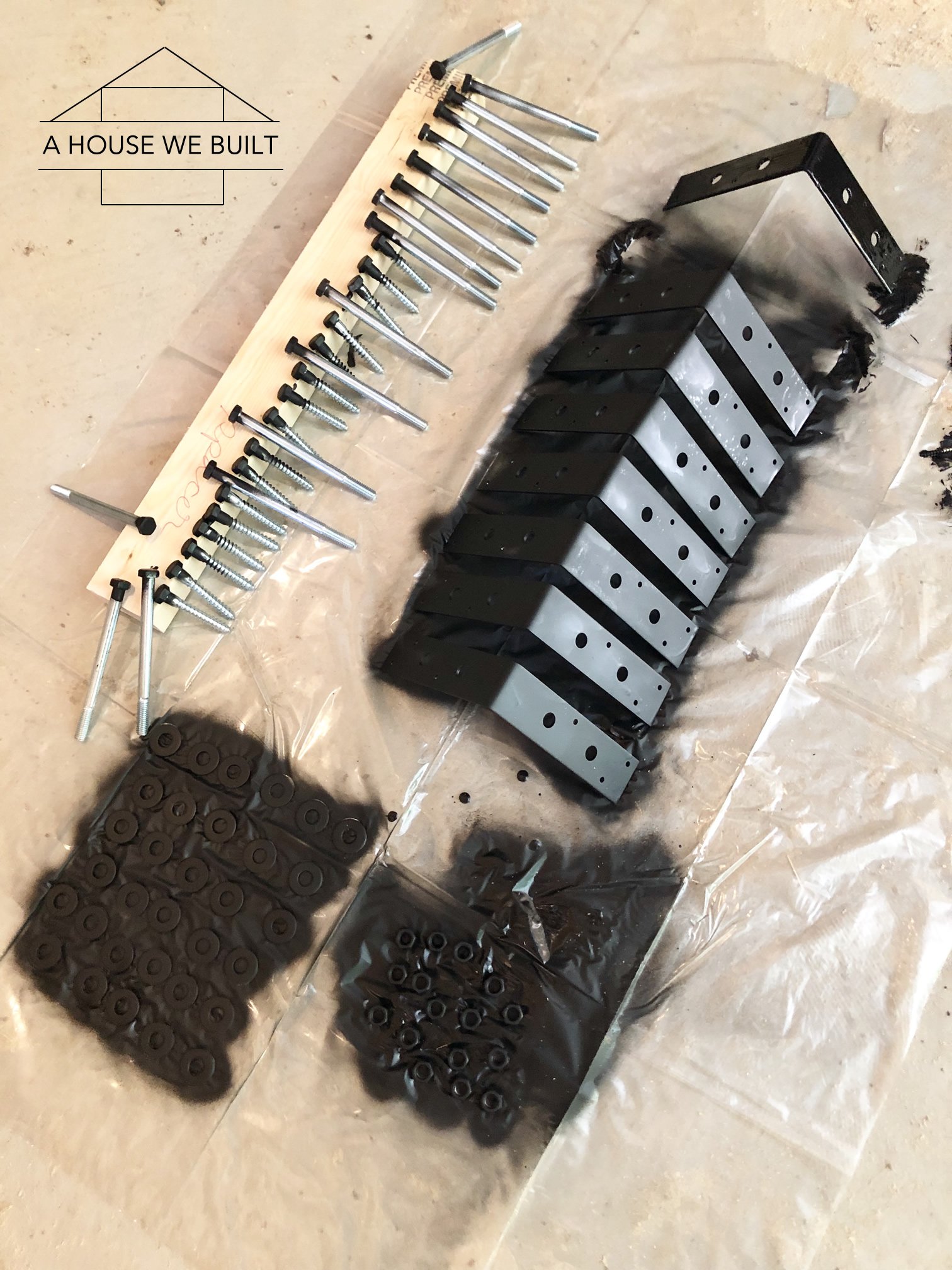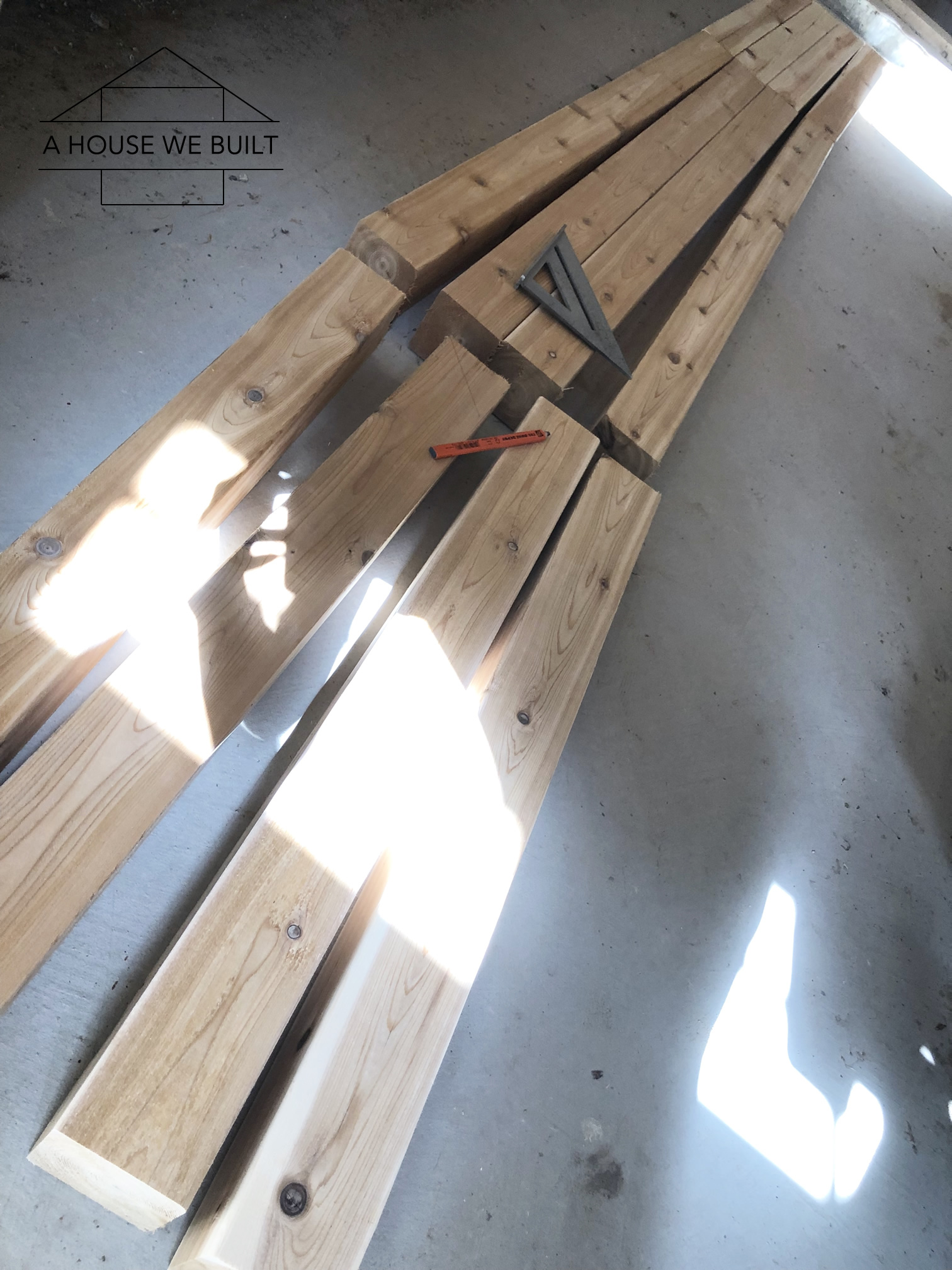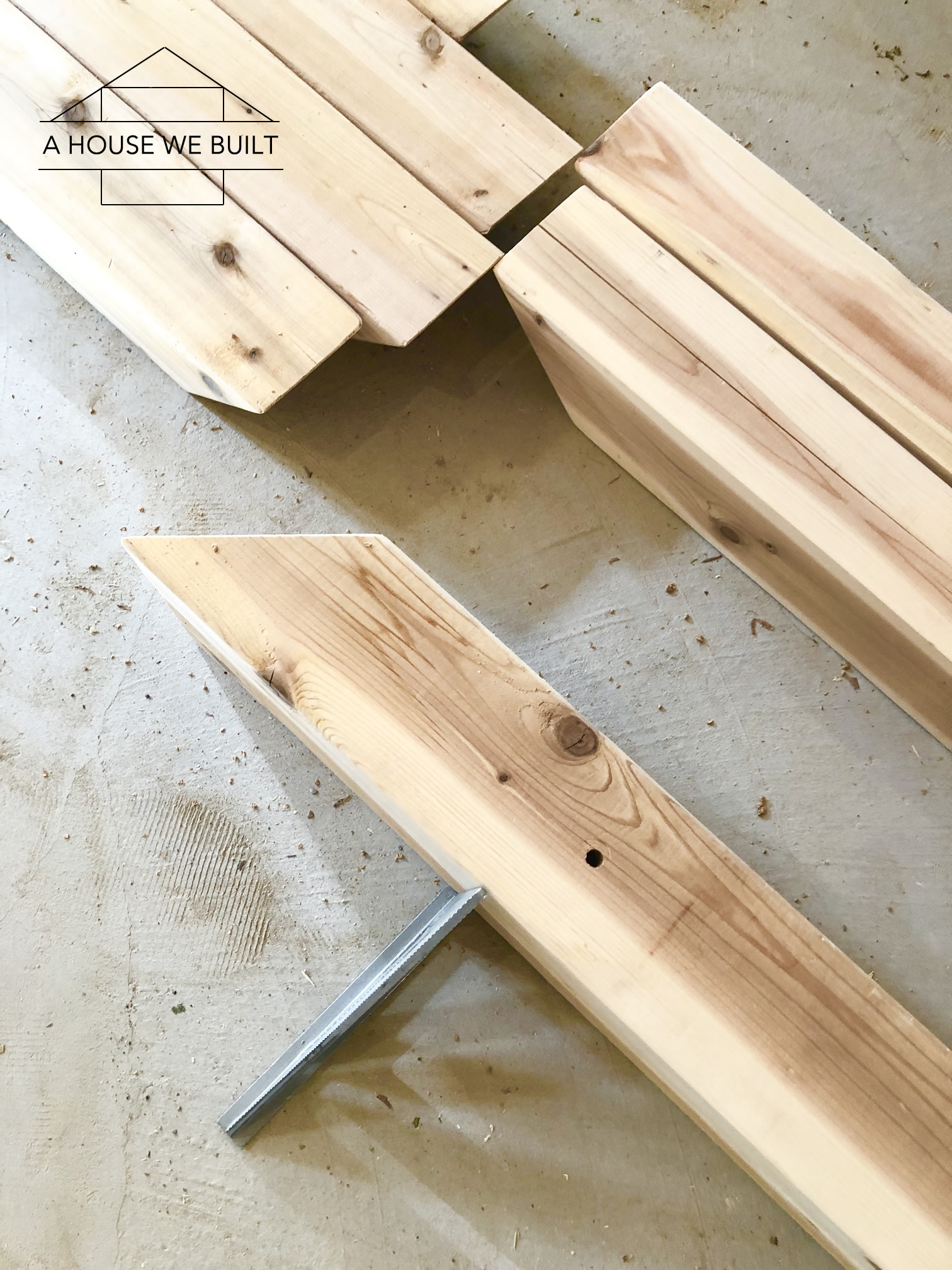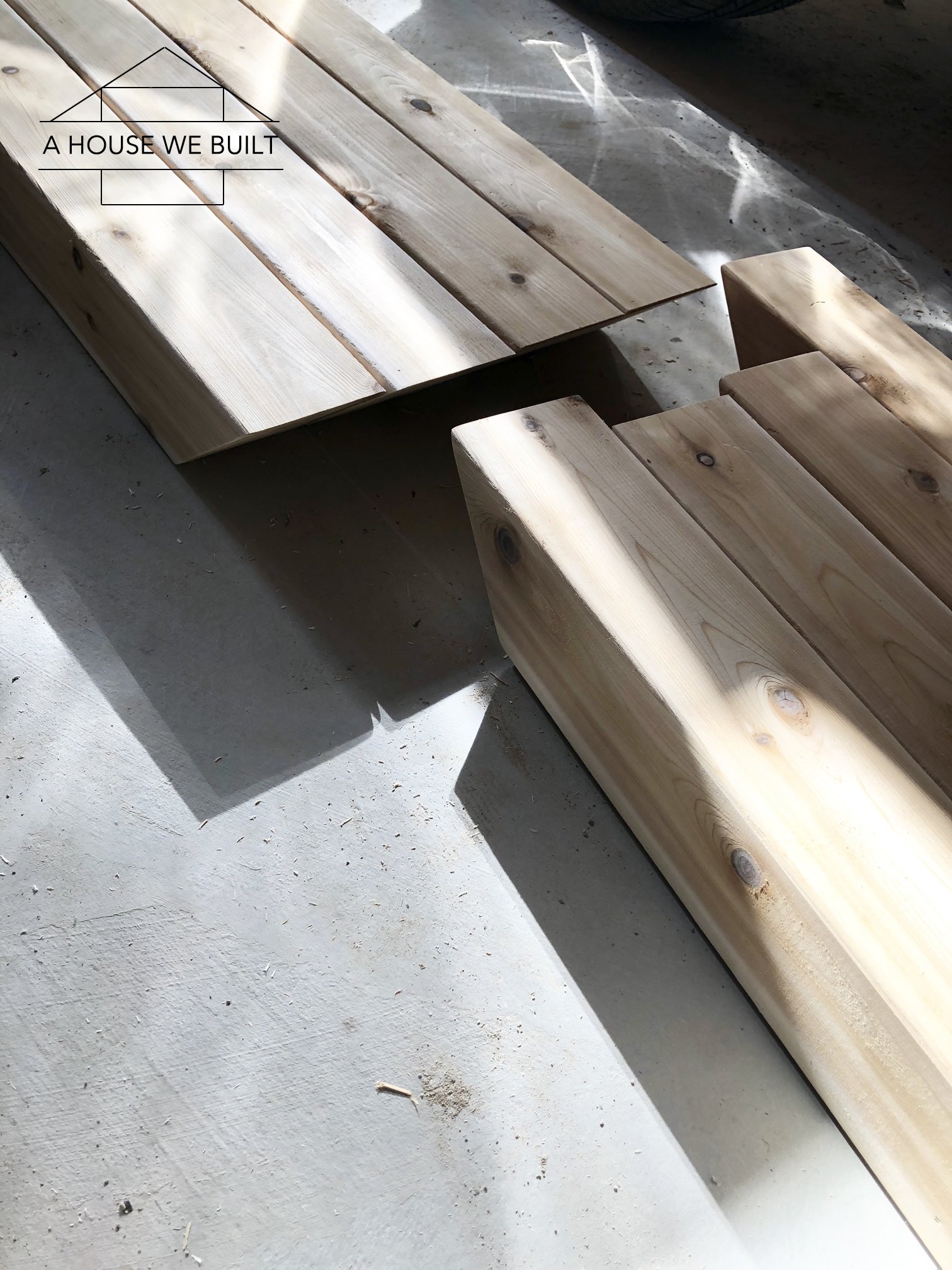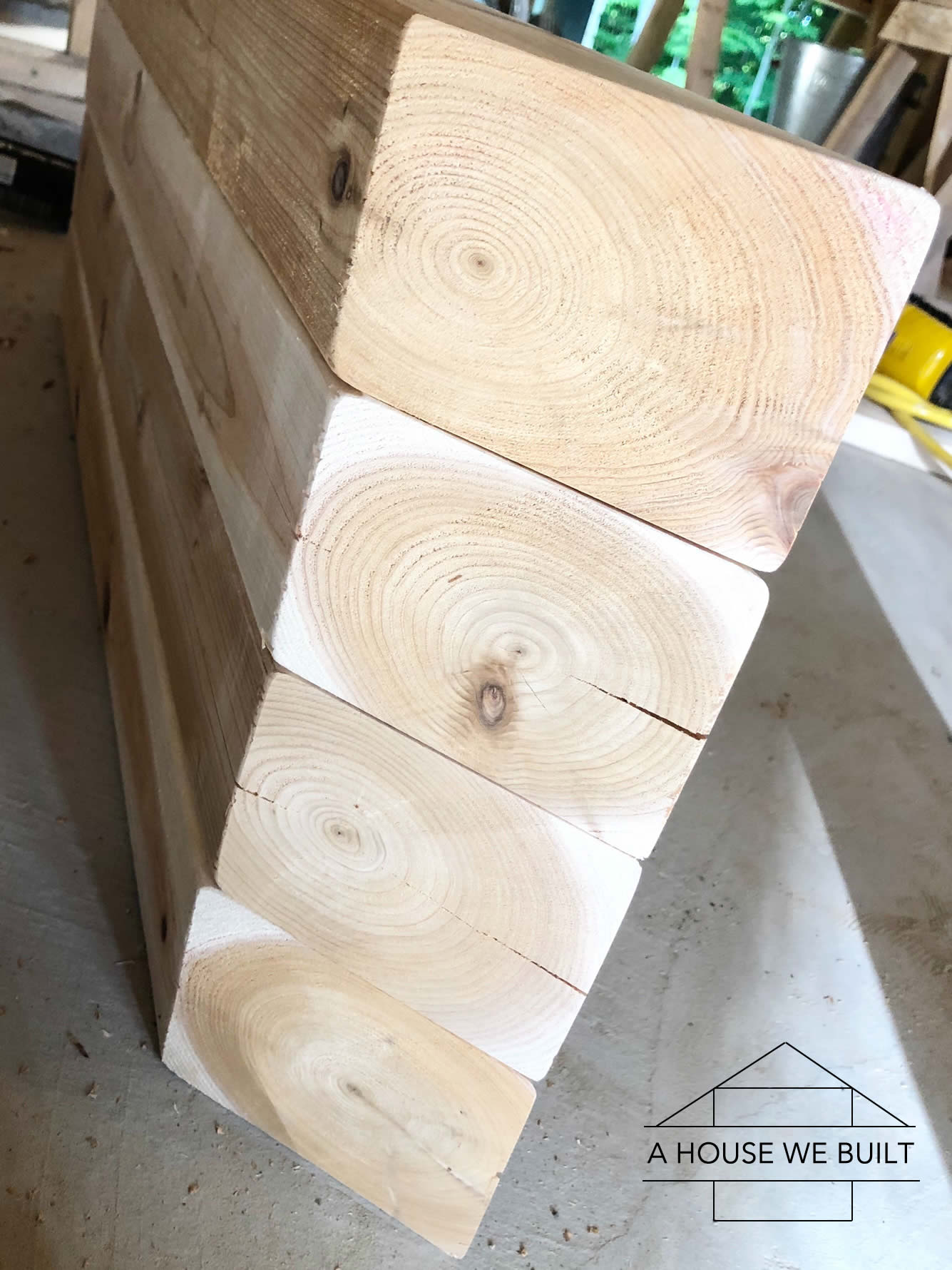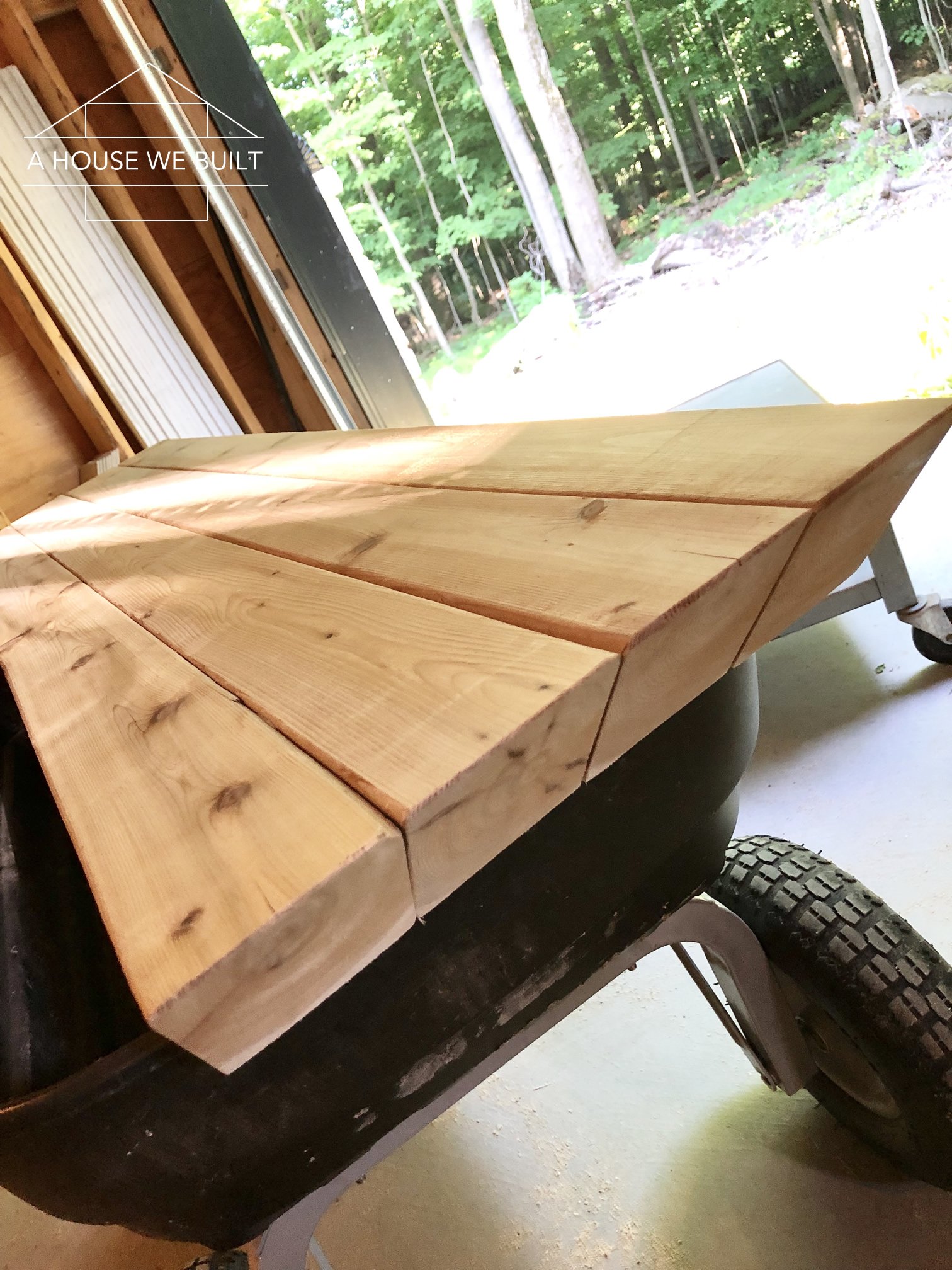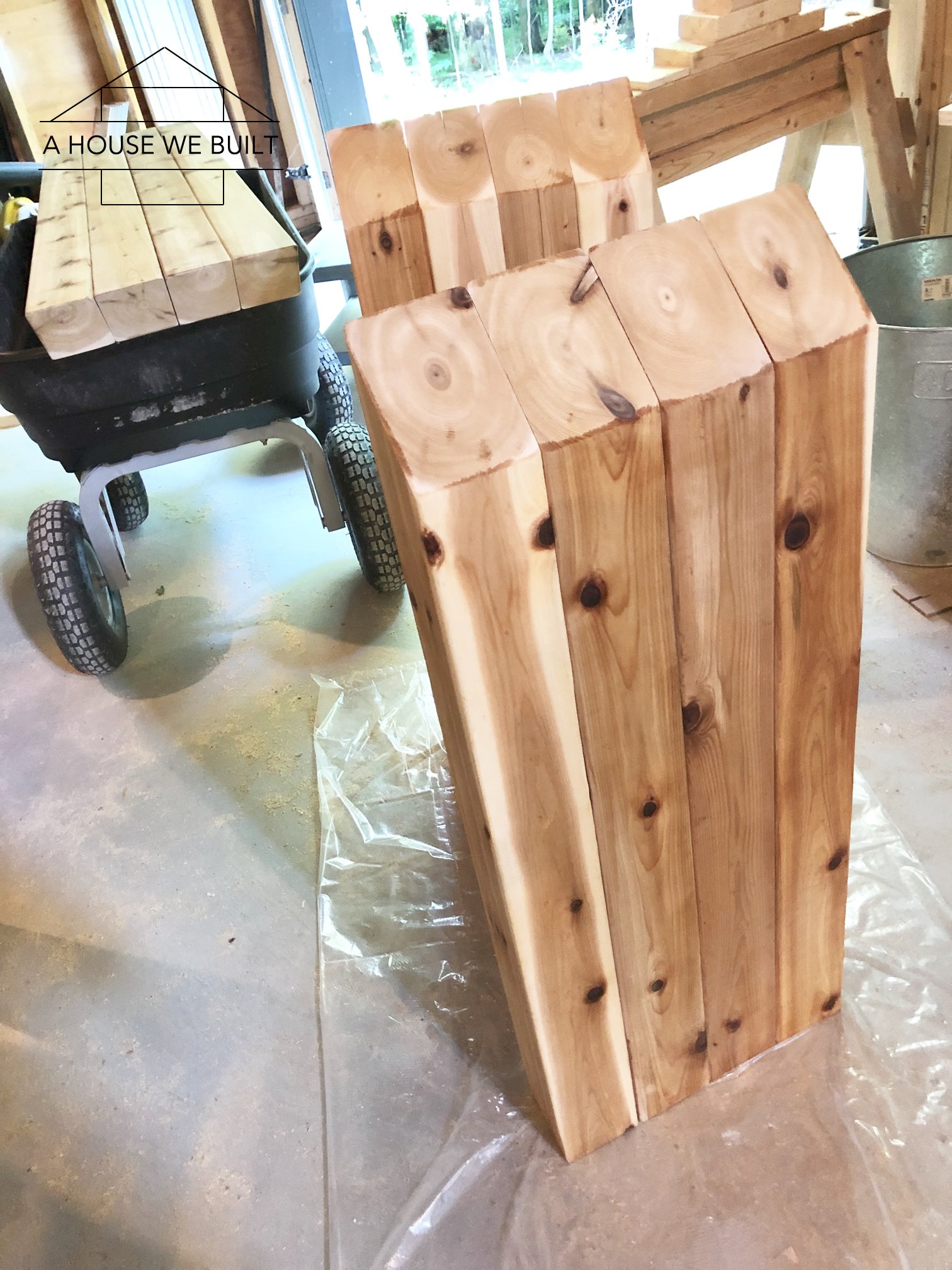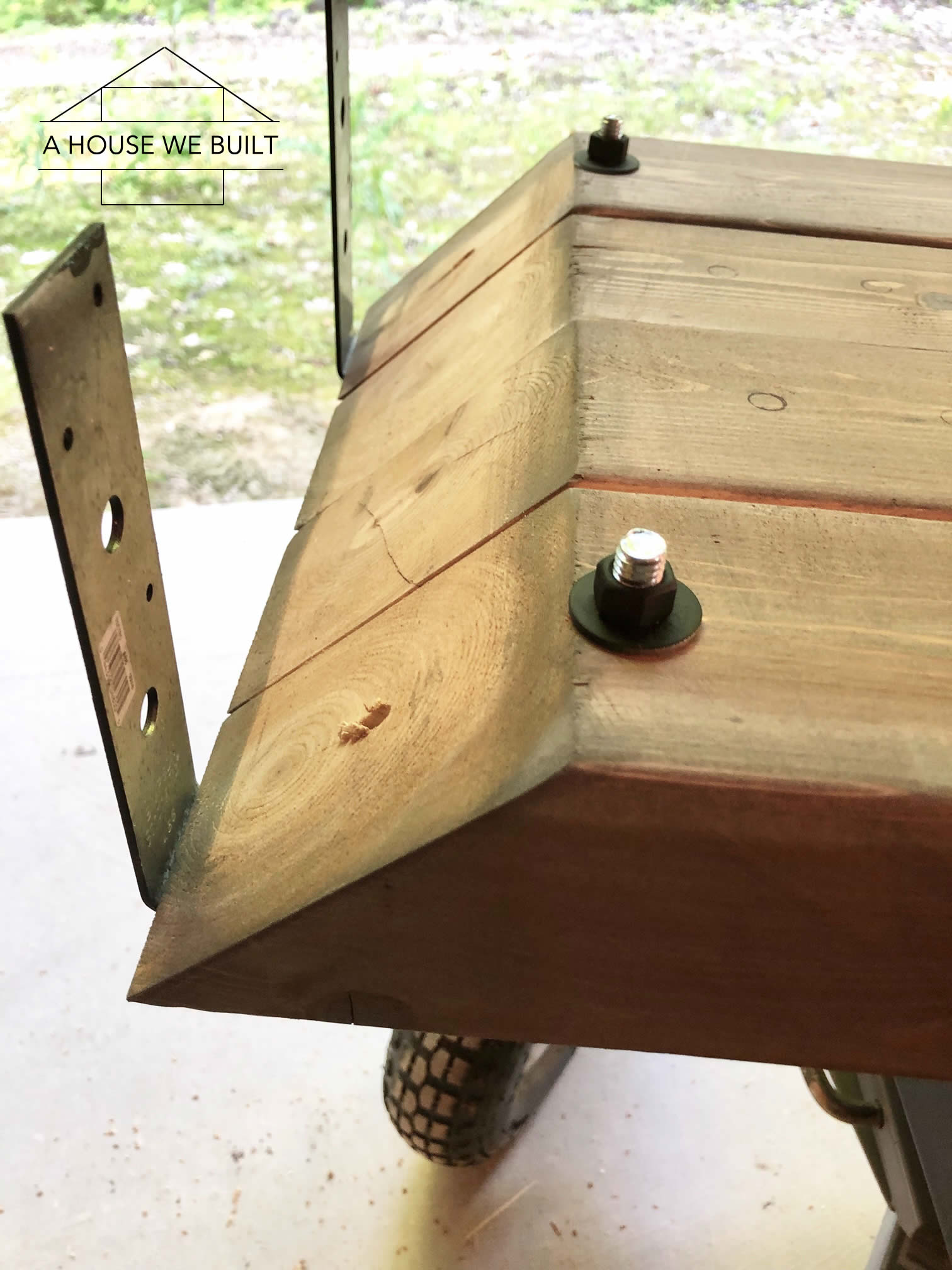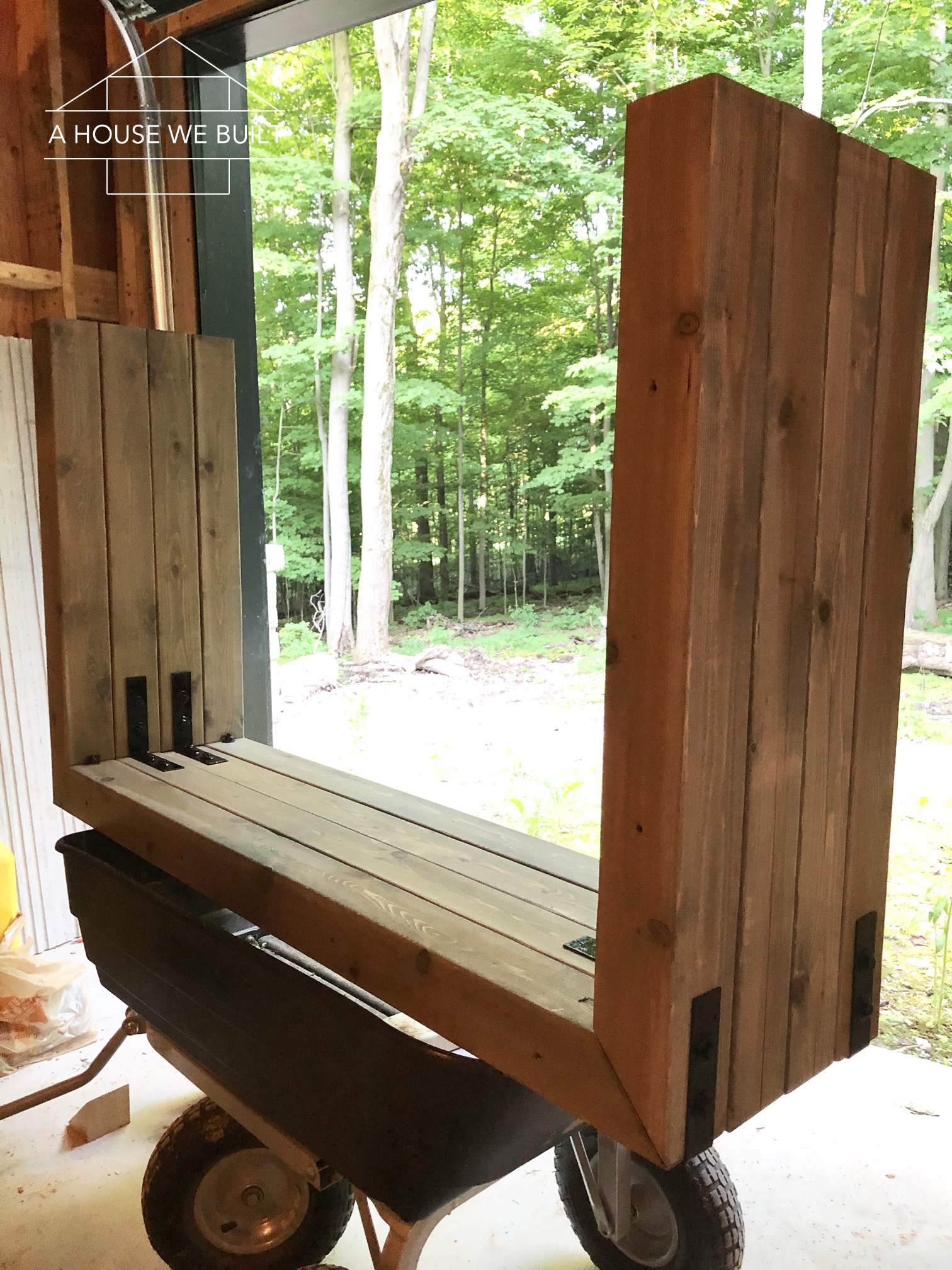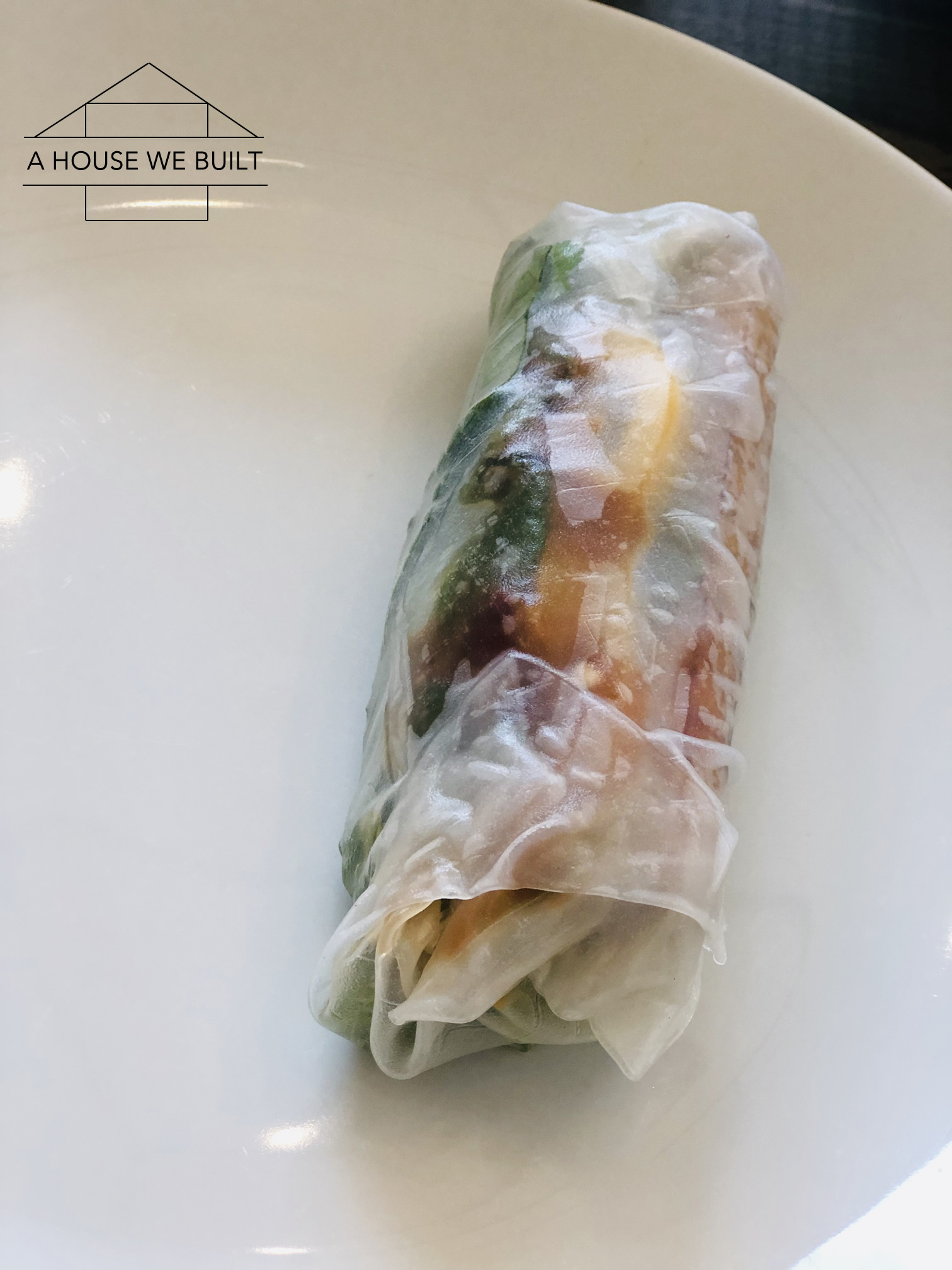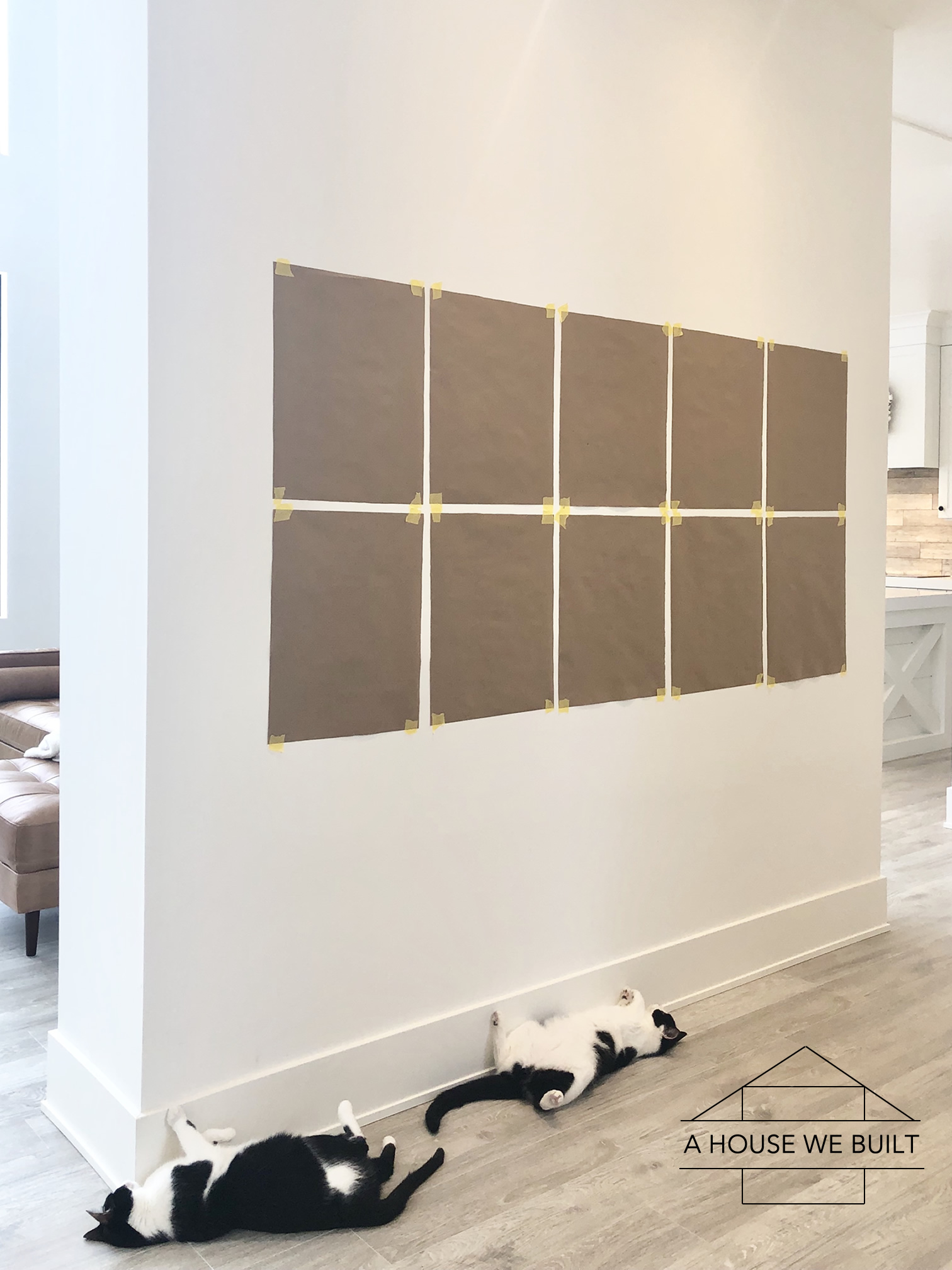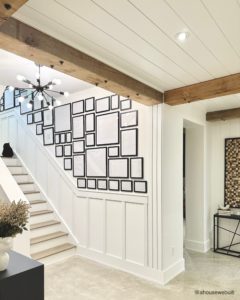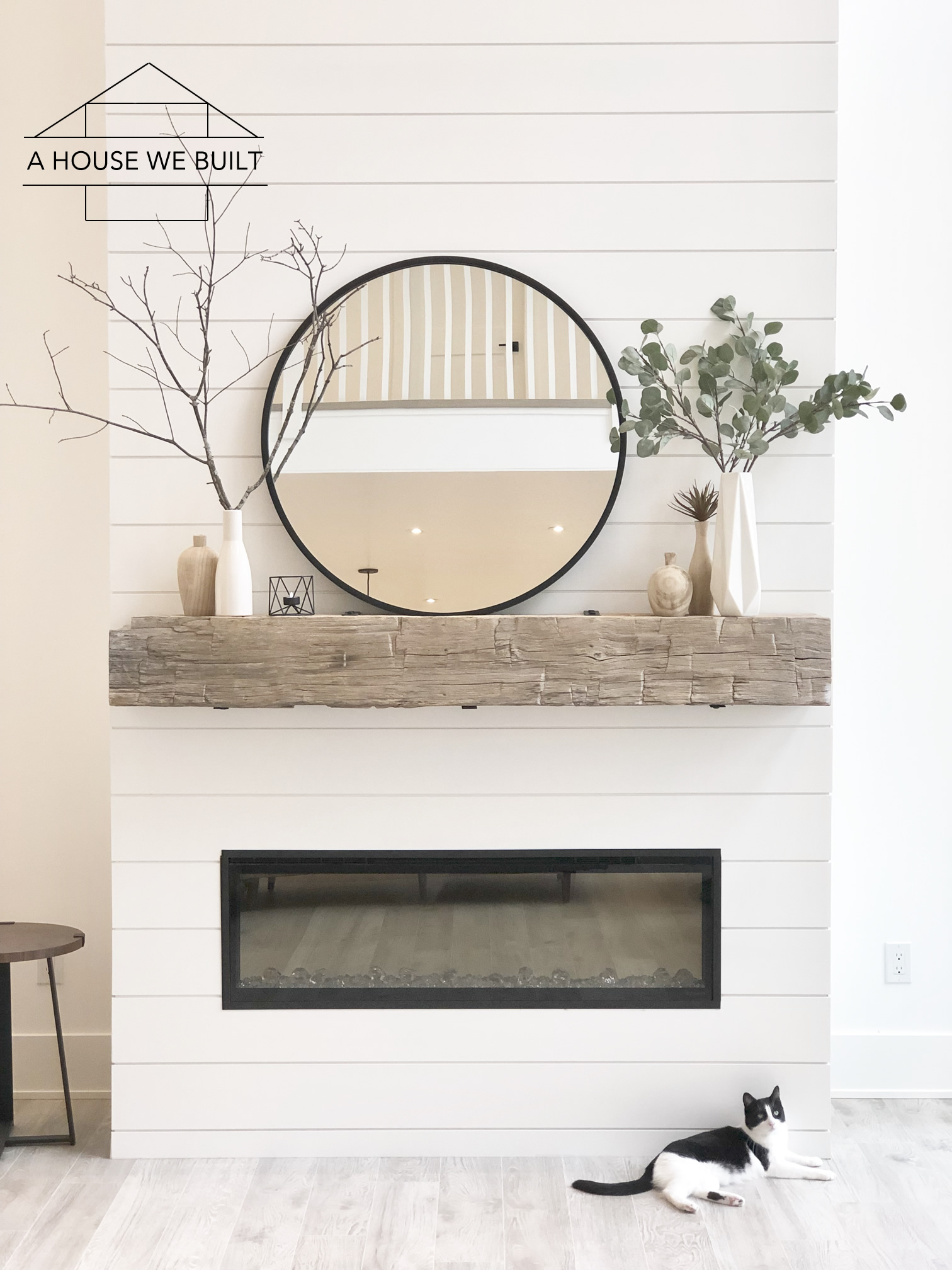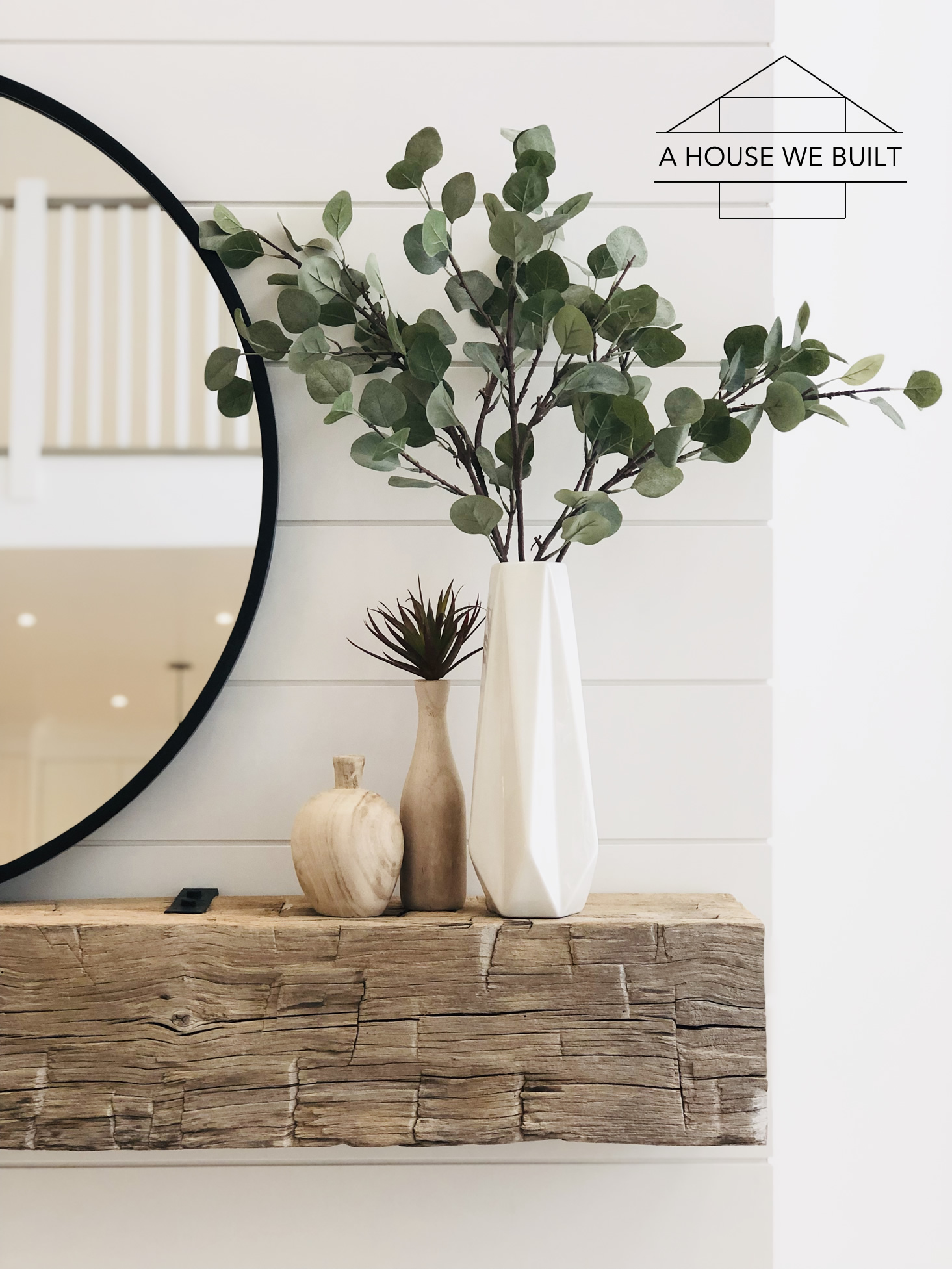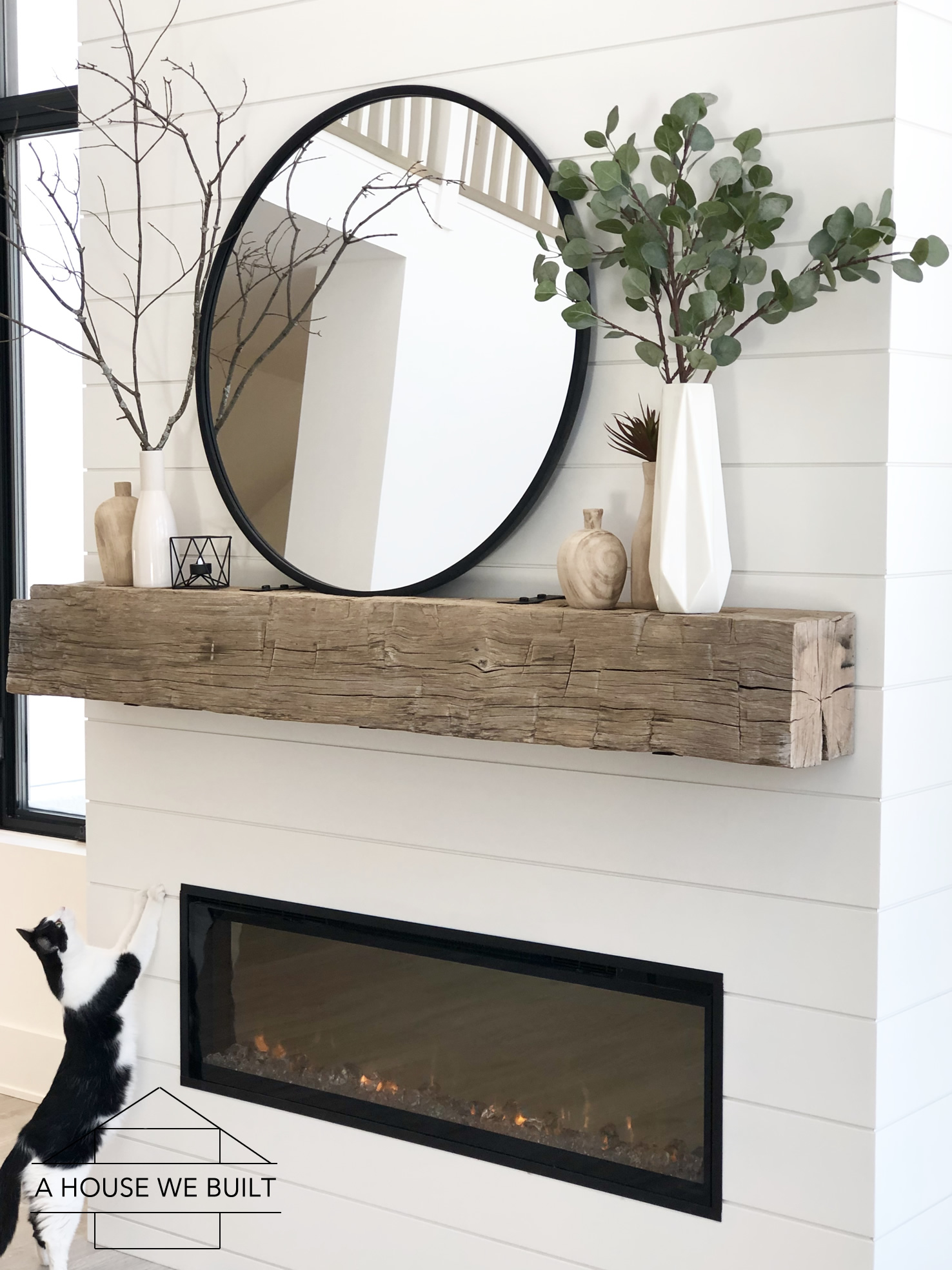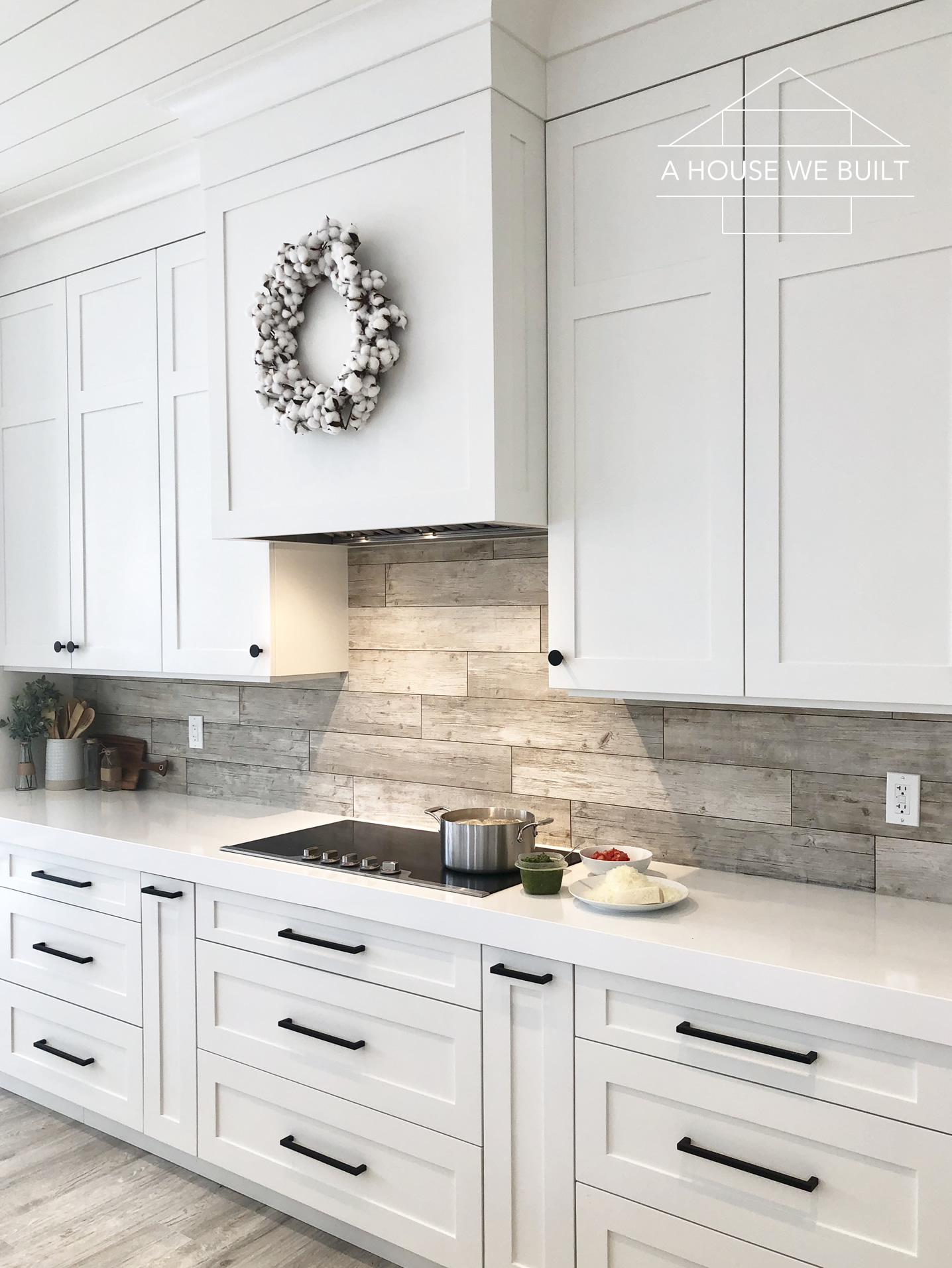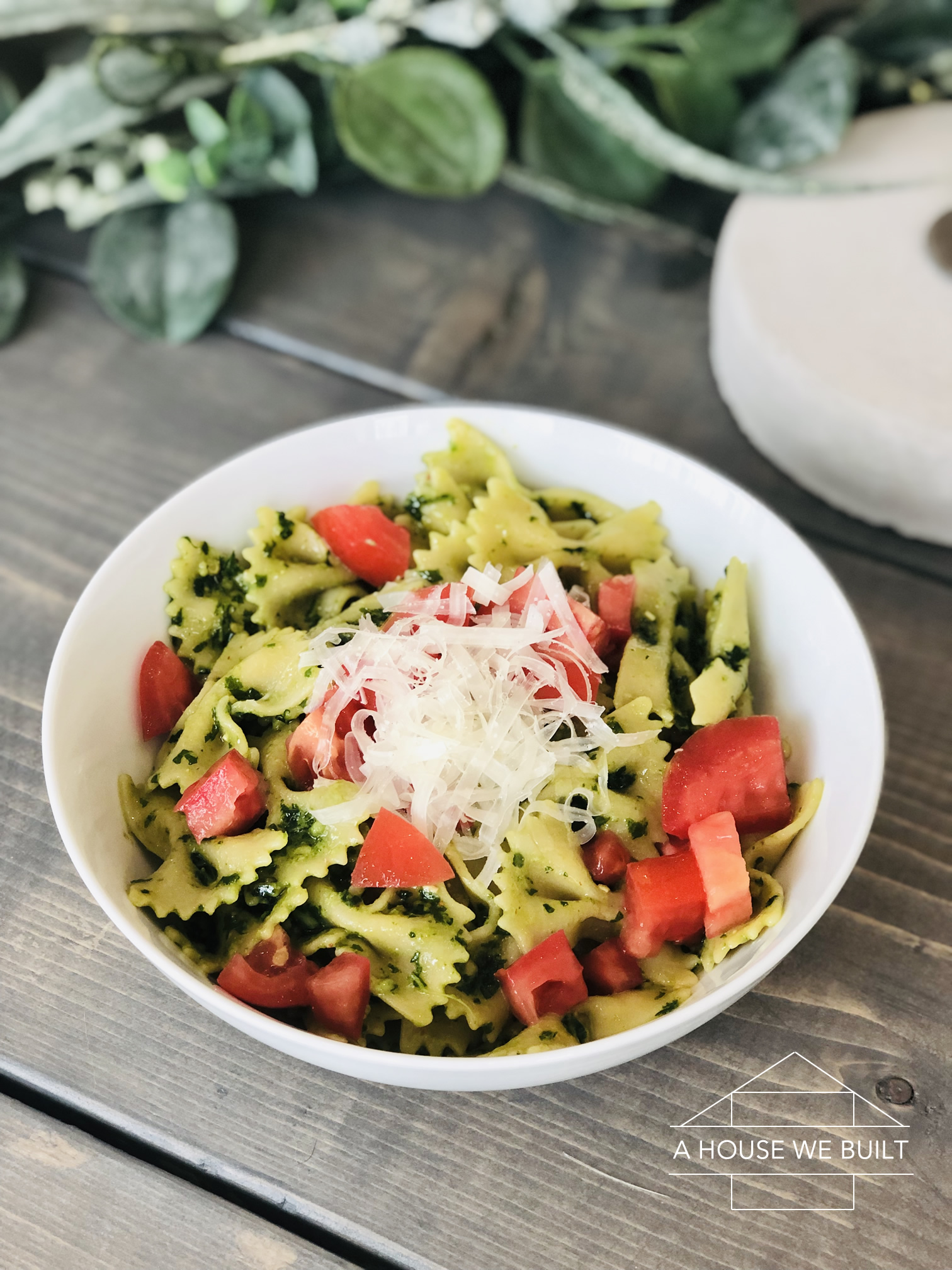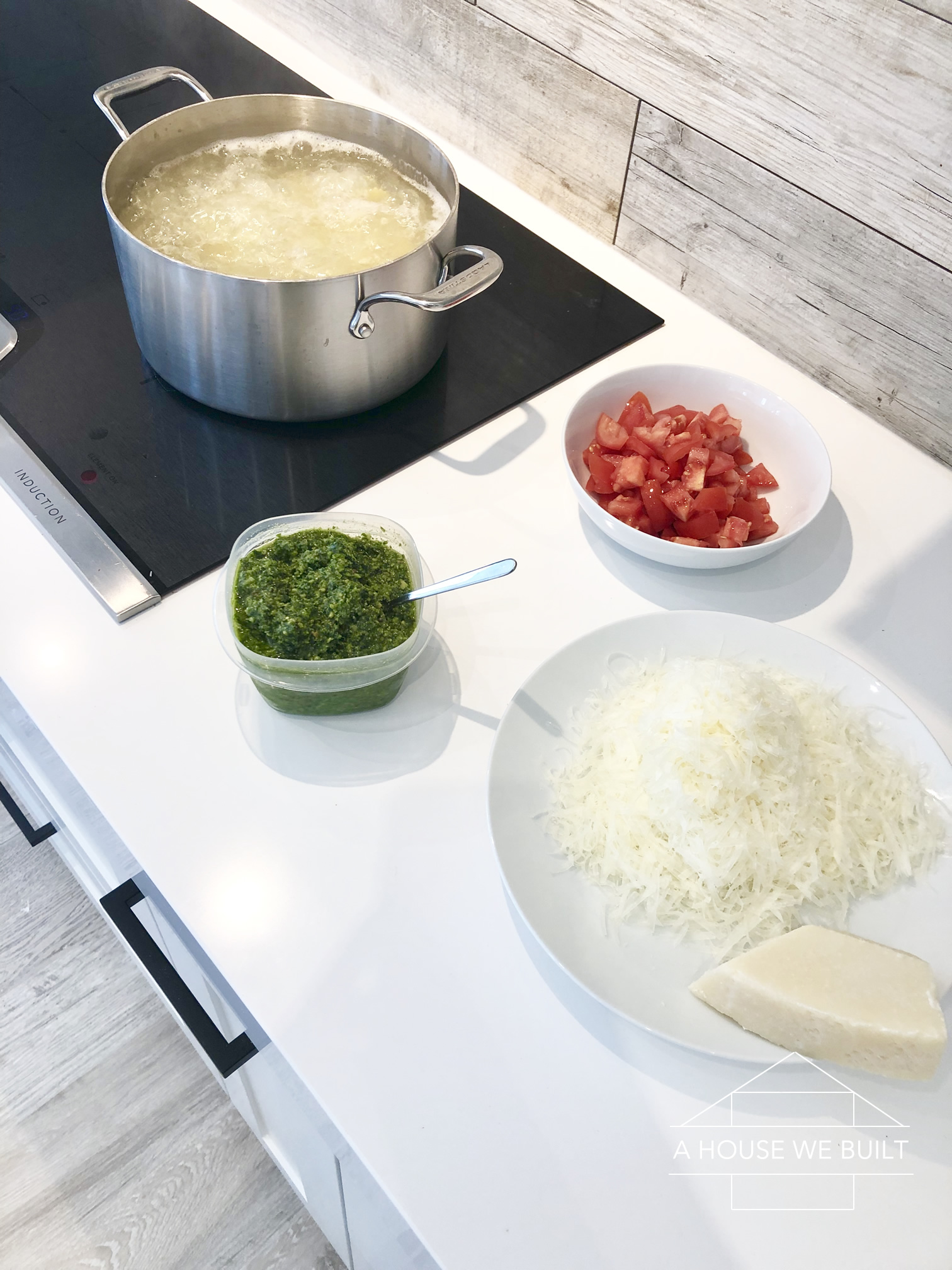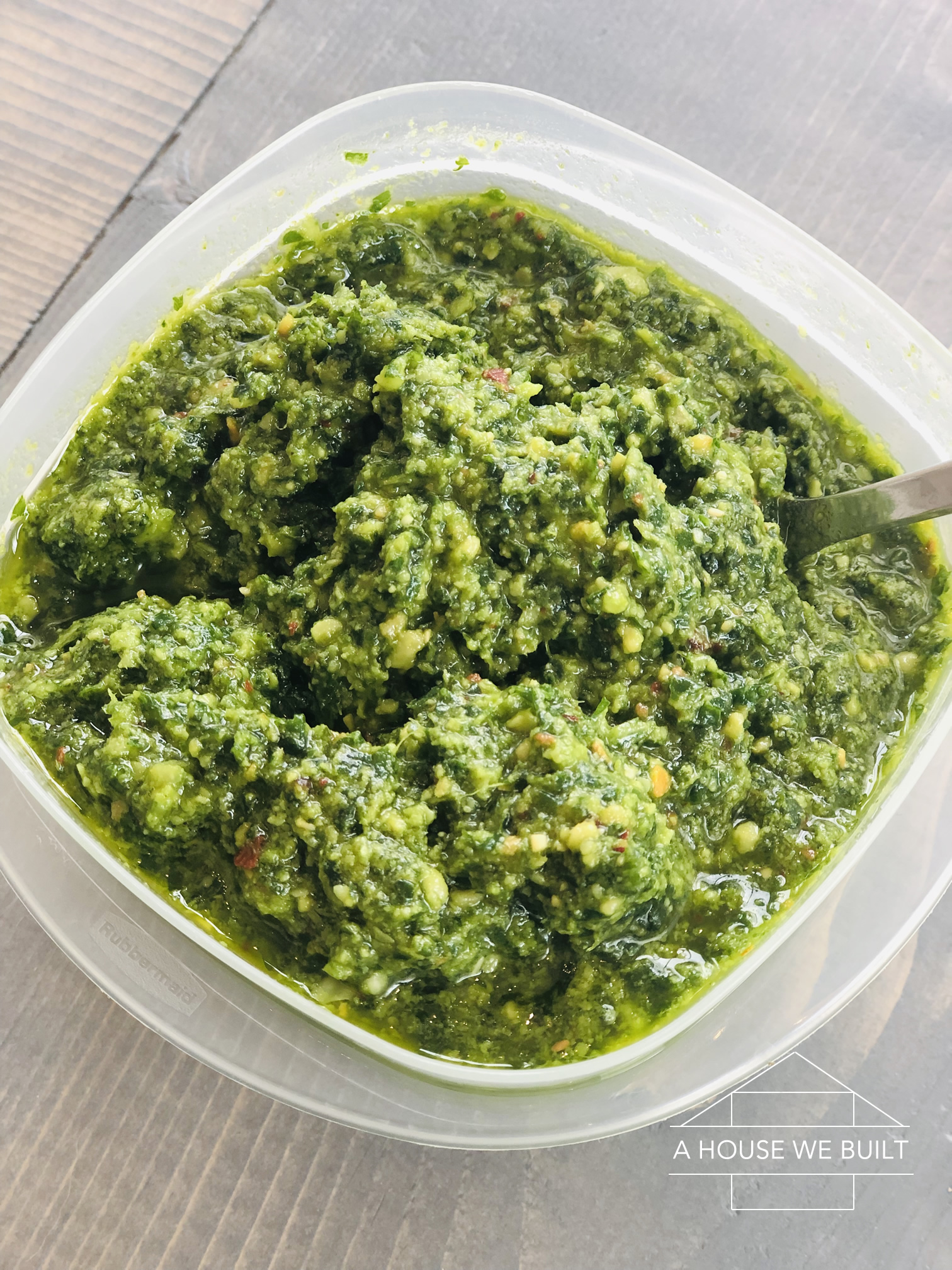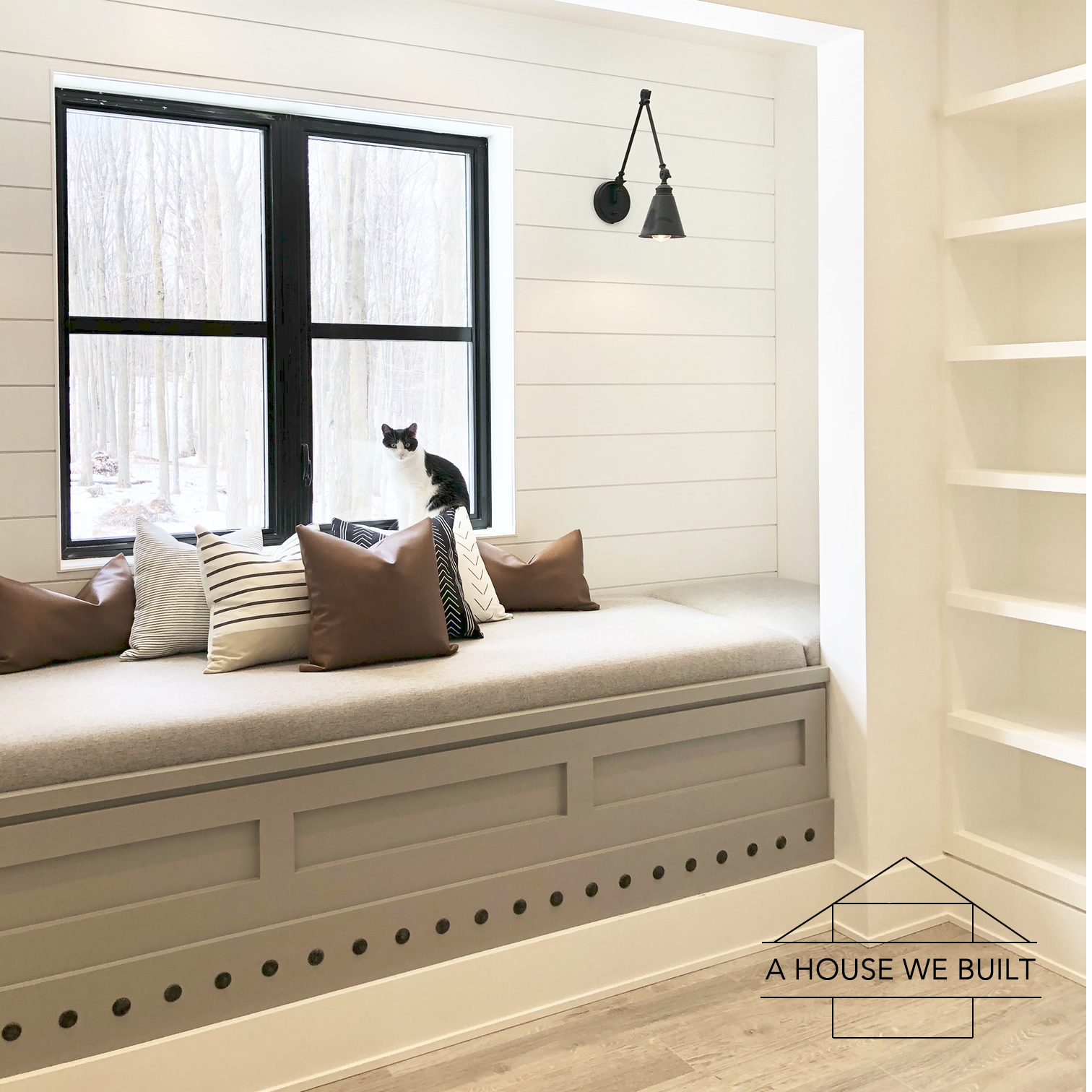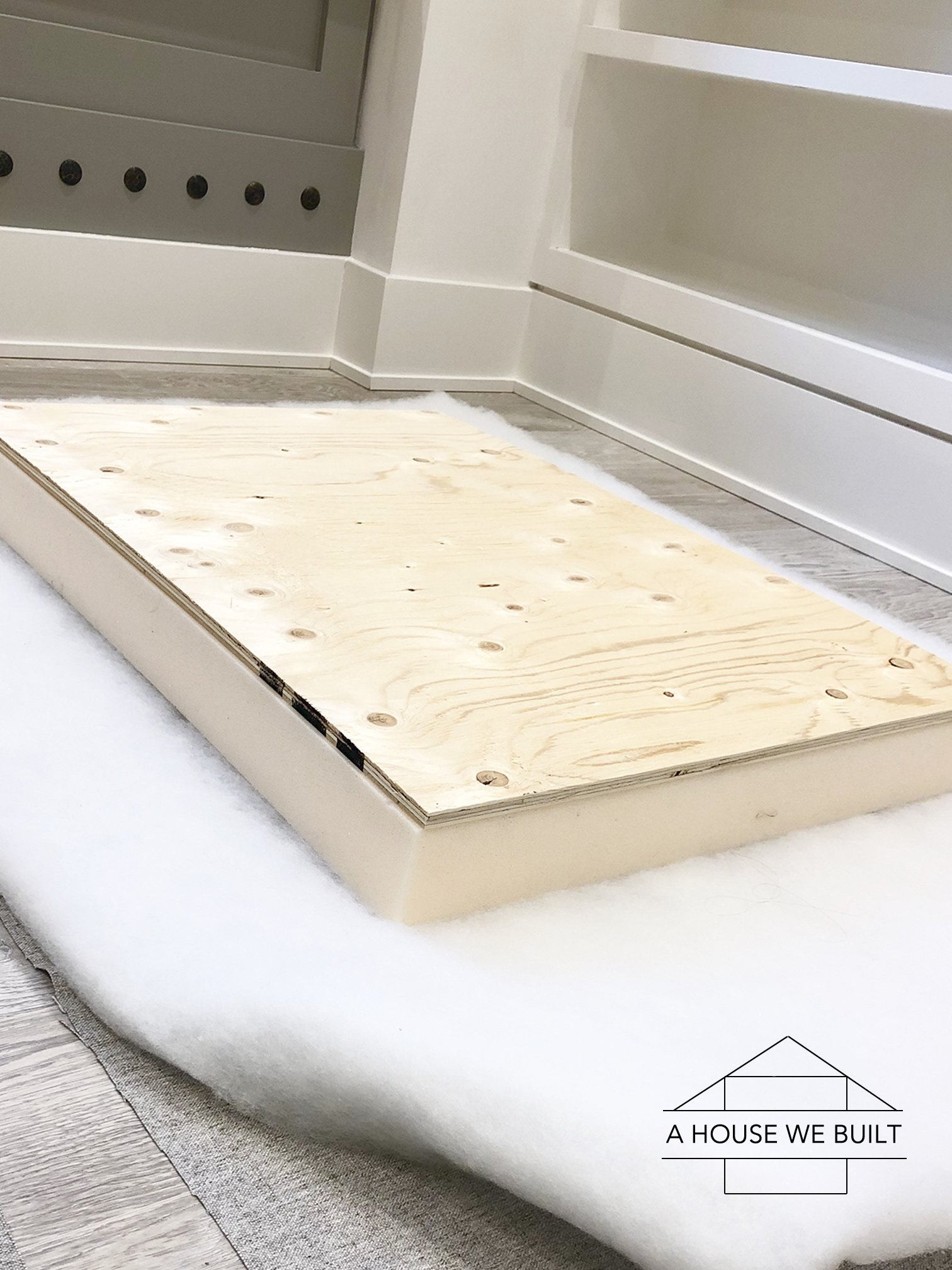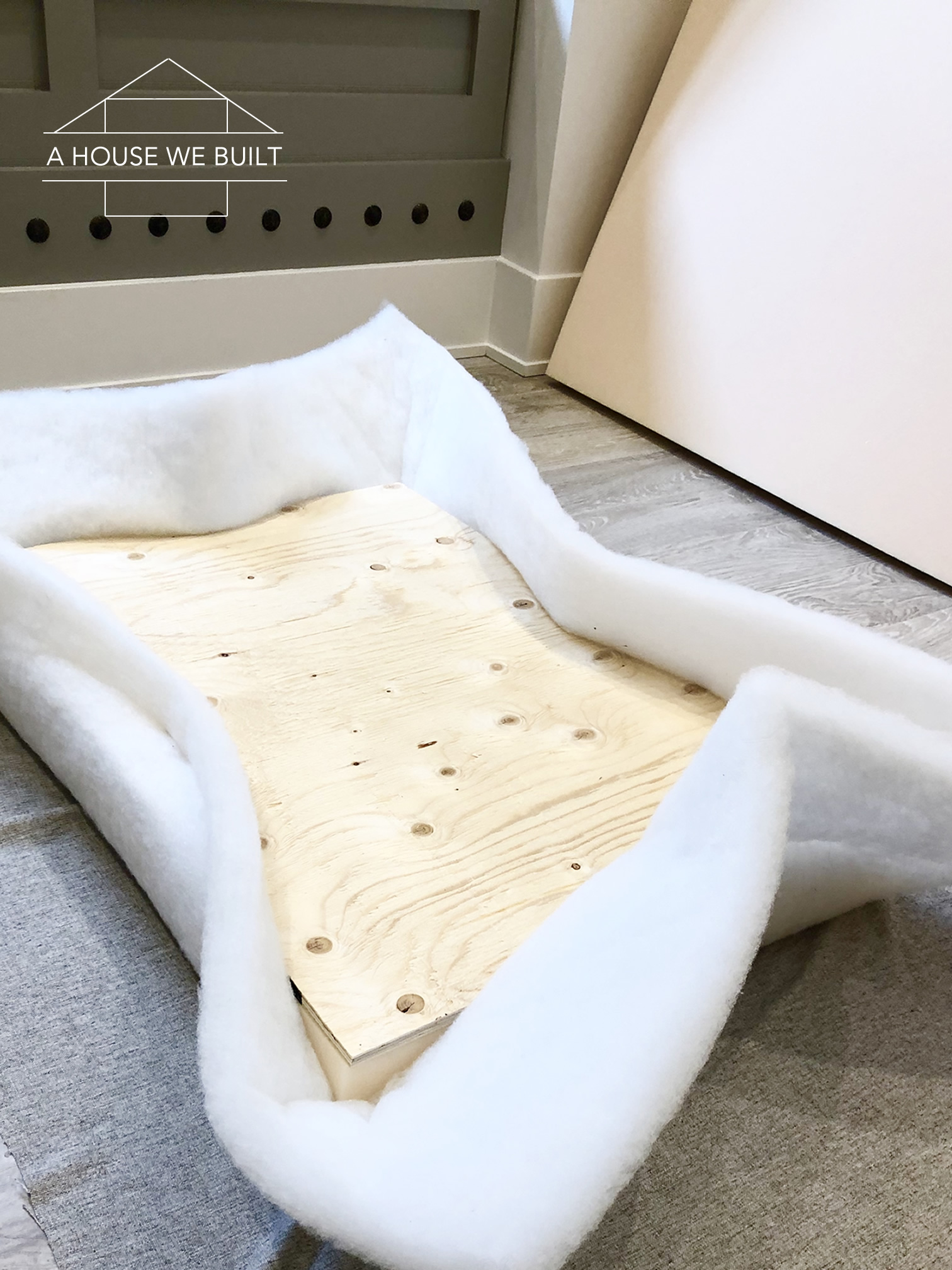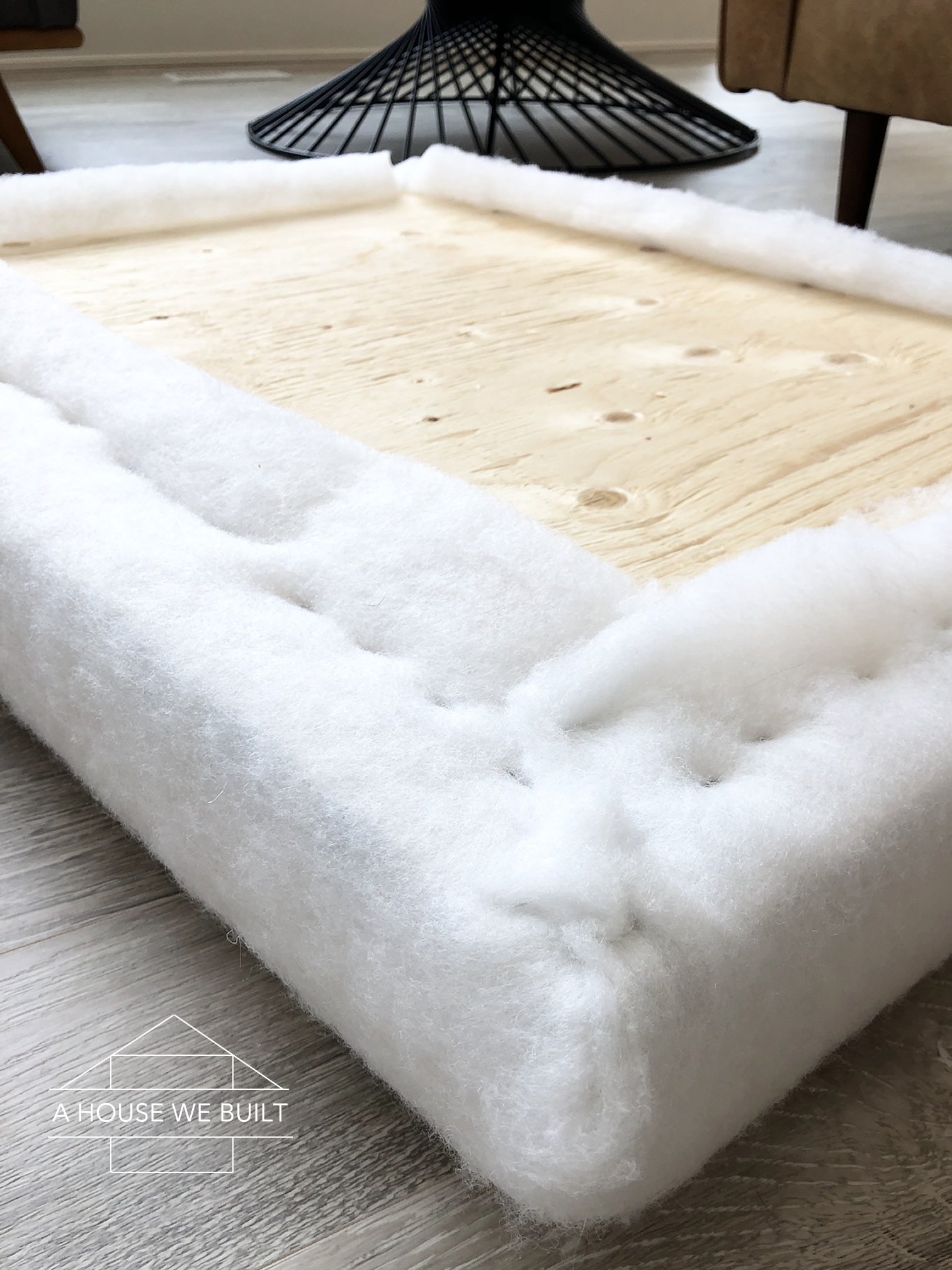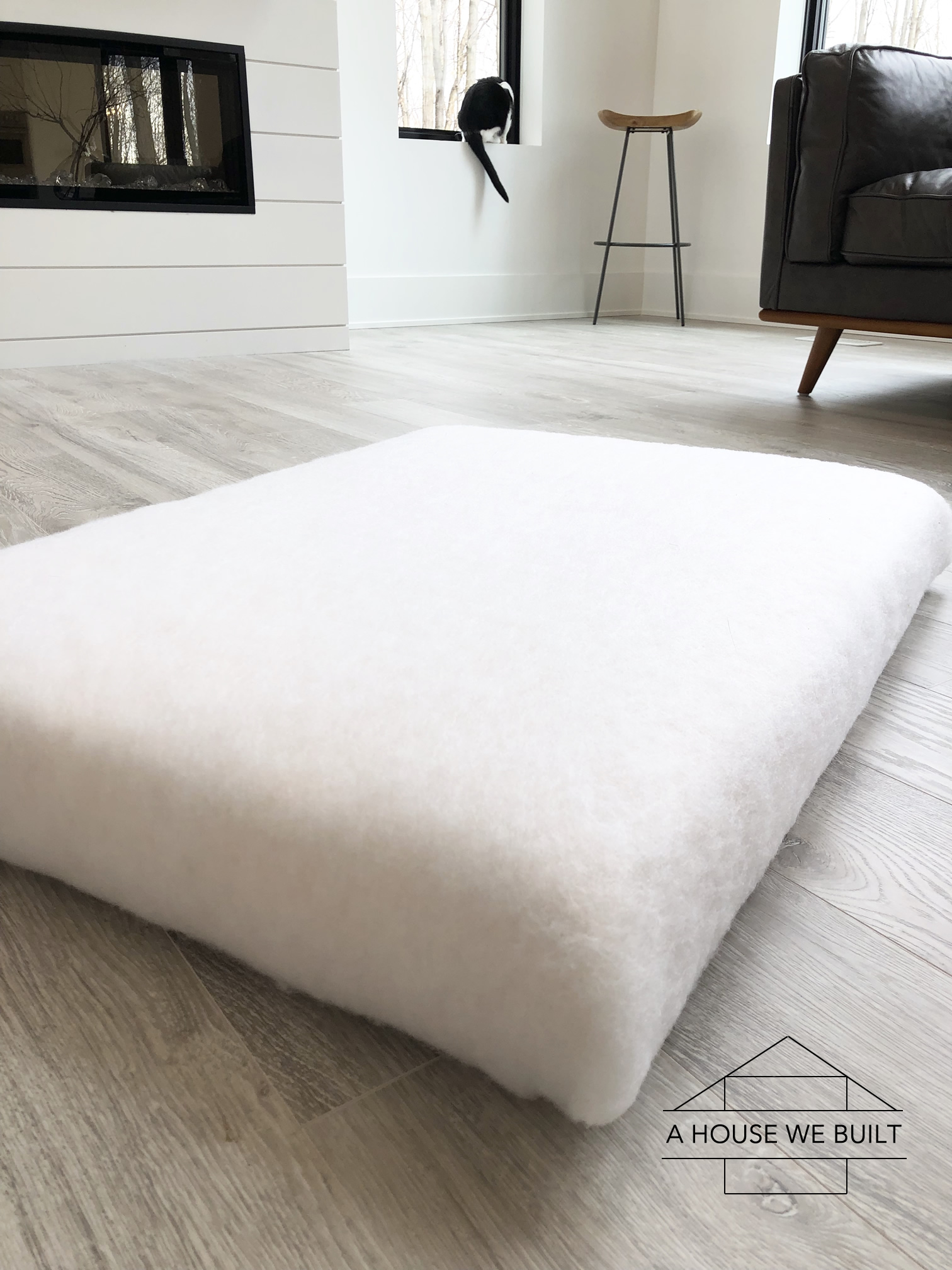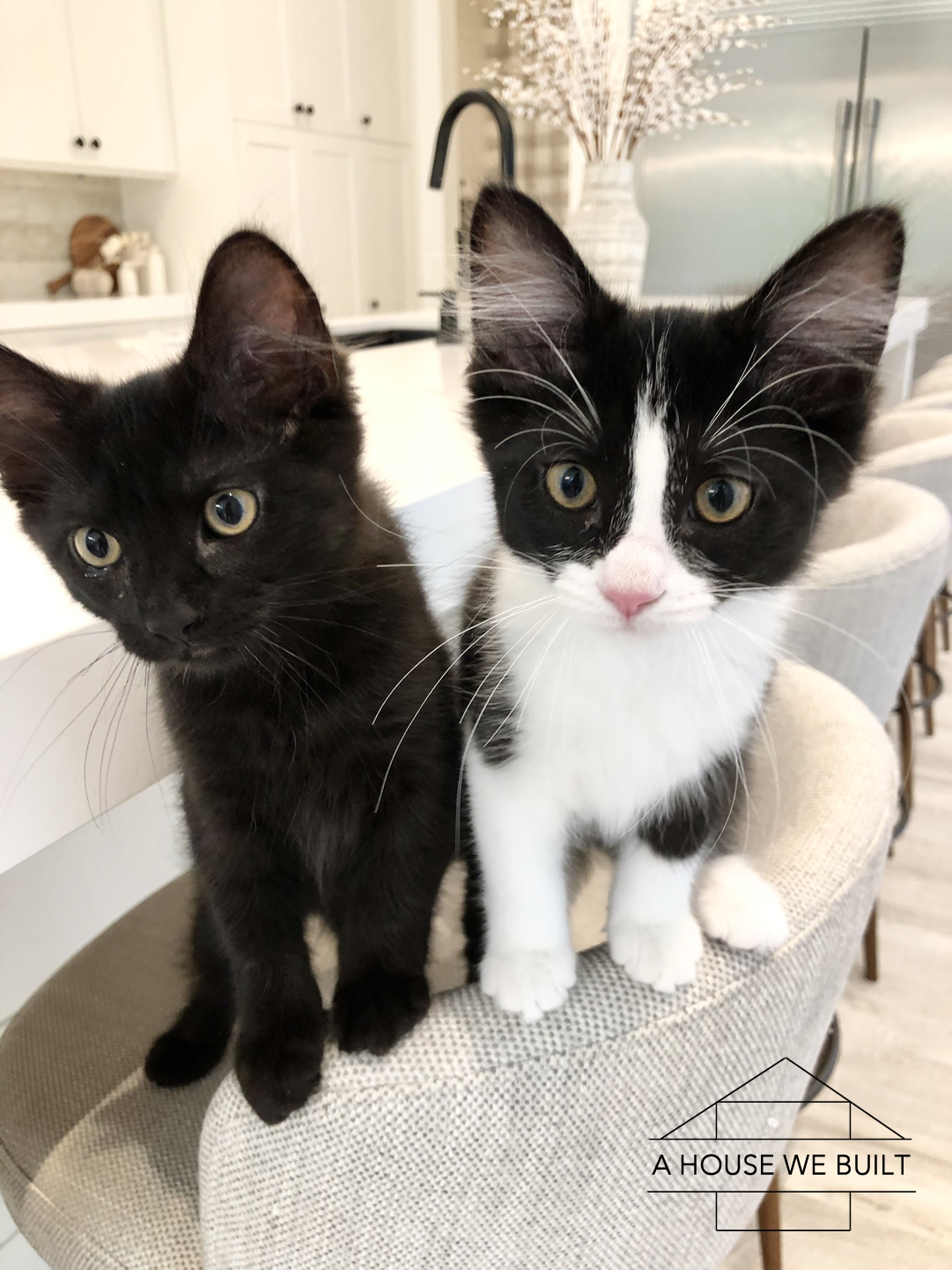 If you’re following us on Instagram, you’ll know that we recently decided to adopt two more kittens (bonded siblings) from a shelter and this meant that we had to introduce them to our existing three cats (also bonded siblings, also rescued from a shelter over a year ago) that already had made our house into their personal kingdom. So we set out to integrate these two sibling sets into one big happy family and our system worked amazingly! All our rescue cats, related or not related are bonded now!
If you’re following us on Instagram, you’ll know that we recently decided to adopt two more kittens (bonded siblings) from a shelter and this meant that we had to introduce them to our existing three cats (also bonded siblings, also rescued from a shelter over a year ago) that already had made our house into their personal kingdom. So we set out to integrate these two sibling sets into one big happy family and our system worked amazingly! All our rescue cats, related or not related are bonded now!
While our big cats are well-socialized, good natured, and non-aggressive, they were also naturally incredibly wary at first of the new little fur balls we brought home and hissing and growls did occur at first. The kittens were young (12 weeks) and at the age where they were very accepting of the world around them and were super chill about the whole thing. But the older kitty crew took some convincing before they accepted the newbies without any hissing. It wasn’t love at first sight, but we took several measures to help them accept each other, bond and to help them get comfortable around each other in the most gentle way possible… and it worked! All our cats and kittens are now fully integrated into one big happy kitty family. So I’m going to share our strategy here in hopes that it might help you too in a similar situation.
First, we have a designated “cat room” for our older three cats (click here for a tour). When we got the kittens, we turned our guest bedroom into a secondary “kitten room” for our new tiny kitties. We gave them toys, food, water, litter, comfy beds, scratchers and everything they could need to be happy, comfortable, and feel safe there. Eventually we’ll merge the kittens into the cat room, but I’m waiting until the kittens are big enough to stand up for themselves if needed – not even in a bad way but literally our cats are so much bigger then the kittens that even if they play nicely they could easily overpower the kittens without meaning to, so I’ll keep the guest bedroom set up as the kitten room until they’re bigger.
Two very important points to note before starting:
- DO NOT RUSH THE PROCESS. This process might take a few hours, more likely it will take a few days, but it could even take a few weeks -especially depending on your cats’/kittens’ background and temperaments. Just like humans, cats have personalities. Some humans make friends easier and faster than other people so just think about you’d feel being relocated to a new place, stuck in a house with other people and be expected to bond to them right away. Always try and put yourself in your pet’s shoes, it helps to gain perspective on what they’re going through. Your cats and kittens will tell you when they’re ready to move from one Stage to the next. If you rush the process, you risk making them feel uncomfortable or threatened so let them pick the pace. If you’re observing their behavior carefully, you’ll know when they’re ready for the next Stage.
- SUPERVISE EVERYTHING until such time as you feel confident that the kittens and cats are properly integrated. Just in case something happens, it’s good for you to be there to intervene and help whoever needs it (maybe an older cat feeling overwhelmed by rambunctious kittens, or a young kitten overwhelmed by a stronger older cat). If you’re unable to supervise, then limit the initial interactions (when they’re still unsure of each other) to times where you can watch them.
I’ve broken our Integration Strategy down into Stages below. Timeline will vary. Like I said, you might go through one Stage per day, maybe one Stage every two days, maybe two Stages in one day. Ultimately your cats and kittens will tell you what they’re comfortable with and that is the only metric you should use.
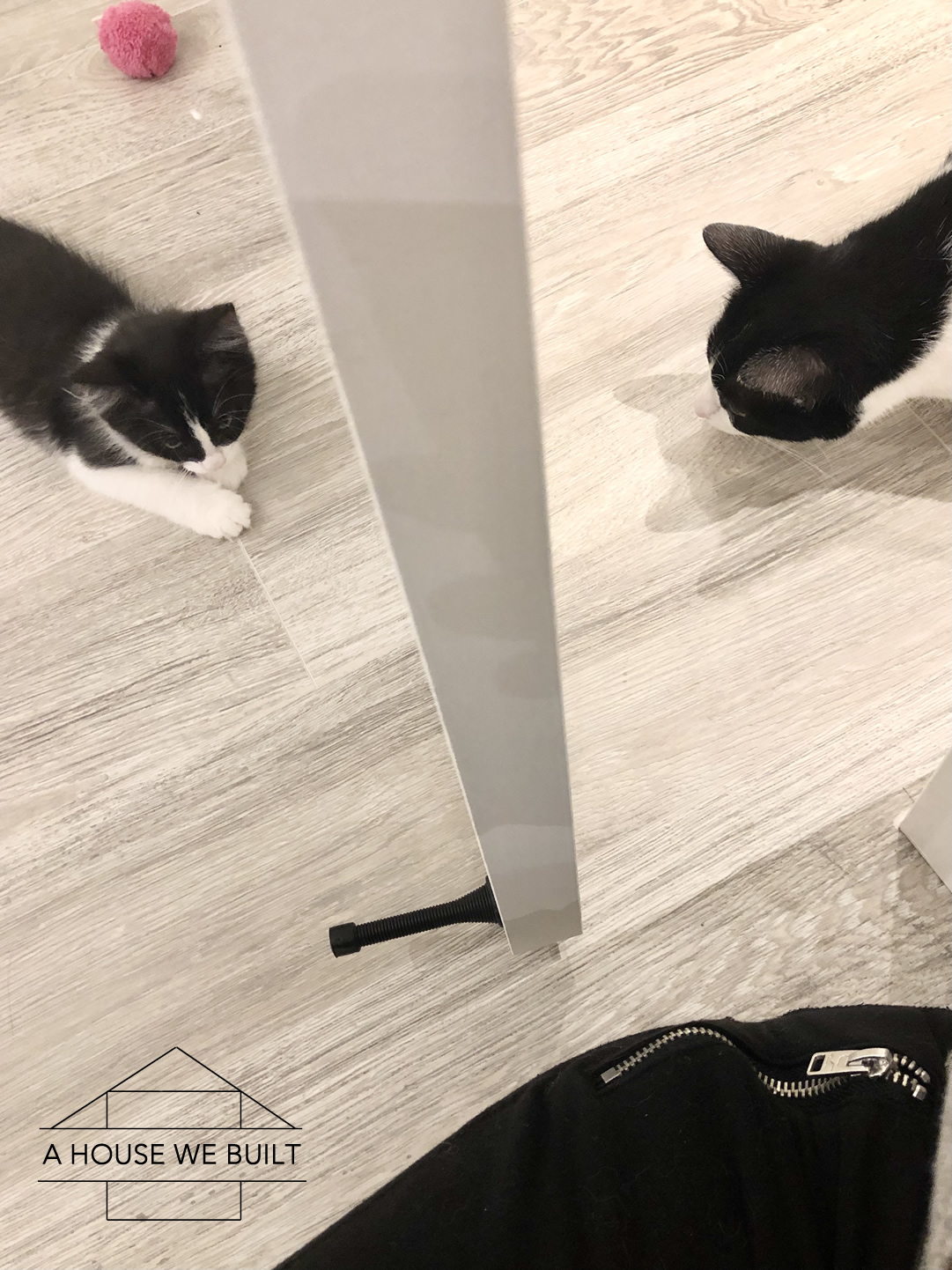 STAGE ONE: we put the kittens in their kitten room and just let the cats sniff the kittens under the door. This allowed for them to get used to each others’ scents without actual encounters. I also gave the cats one of the kitten blankets to sniff, and gave the kittens one of the cat blankets and some of their toys to share the scents. (Side note: when you first bring your kittens home, pick them up and put them in the litter box a few times to show them where it is. And don’t move the box so they can learn its location.)
STAGE ONE: we put the kittens in their kitten room and just let the cats sniff the kittens under the door. This allowed for them to get used to each others’ scents without actual encounters. I also gave the cats one of the kitten blankets to sniff, and gave the kittens one of the cat blankets and some of their toys to share the scents. (Side note: when you first bring your kittens home, pick them up and put them in the litter box a few times to show them where it is. And don’t move the box so they can learn its location.)
STAGE TWO: I opened the door but sat in the doorway and allowed any one of them to come up and sniff or watch each other “over” me if they wanted. This put me in a place from which I could fully and calmly control the encounters. Again, the kittens were very accepting, but the older cats were wary. All the cats would hiss if the kittens got within about a foot of them (but only hissing, no swiping or ear pinning, so more of a “that’s close enough, little grasshopper alien” instead of actual aggression). They were sometimes too wary to even come up to the doorway and would get like 3-4 feet close then walk away, and come back in a minute or two and get a few inches closer, walk away, come back. It was a process and I just verbally reassured them but didn’t try to rush anything. I noticed that the best thing that helped our older cats was watching the kittens. Just watching, not interacting. It’s like by watching, they learned what the kittens were and how they acted and got used to the idea of them. One of our older cats (male) was the most accepting and the quickest to relax around the kittens. I think that was 50% his super chill personality, and 50% because I let him sneak in a few bites of their tasty kitten food. (Note: I was very careful though that he never pushed them away from their food, more on this below.) Also use verbal reassurances to help your cats understand that everything about this situation is positive. Your gentle calm voice can give your cats the extra reassurance they need to feel comfortable.
STAGE THREE: I kept the kitten bedroom door open but placed a barrier across the doorway that was too high for the kittens to realize they could jump over, but low enough that our cats could hop over IF they wanted. I also placed a stool on the outside of the barrier so our cats could climb up, sit on the stool, and “watch” the kittens comfortably to get used to them without having to physically interact with them until they were ready. This was a HUGE HELP! All three of our older cats took turns at this stool. Once they’d watched enough to get comfortable, each one would also briefly jump down into the kitten room for some VERY cautious sniffing (and still occasional hisses if the kittens got more than a foot away from them, but again more warning and not outward aggression). They never stayed long but that was progress. I’d also sit and work on the guest bed whenever possible with my laptop. Our cats usually like to sit near me during the day so this both encouraged the older cats to enter the room to be with me, but also gave the kittens good socialization time and snuggles. Again, a reassuring voice can be helpful here.
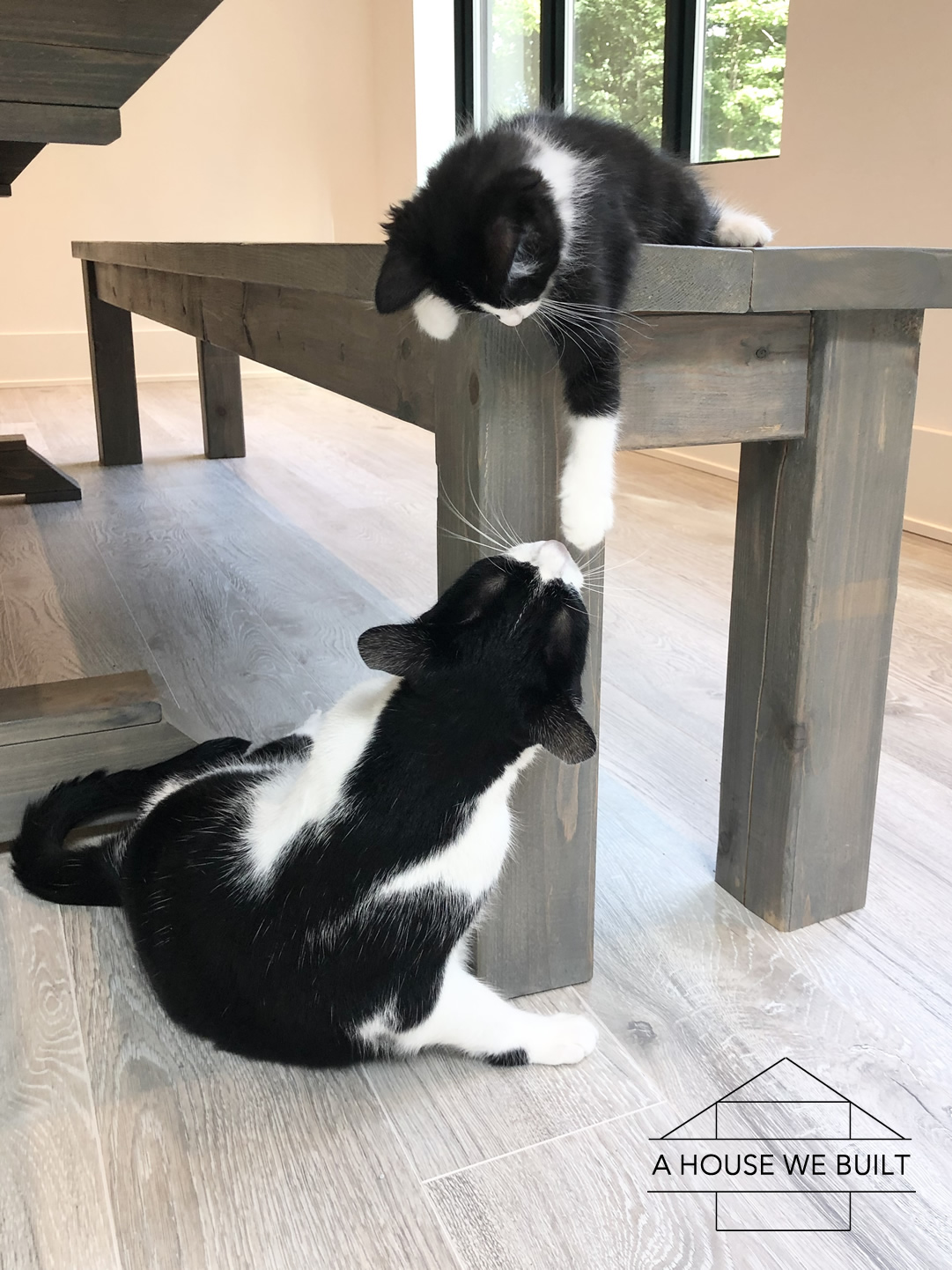 STAGE FOUR: the kittens figured out that if they took a running leap at the barrier between their room and the rest of the house they could scale it no problem but that was ok because by this point everyone was kind of used to each other’s presence (even if they weren’t best friends yet) so we kept the kitten room set up but opened the door and let the kittens explore one floor of our house. We blocked off the stairs but gave them full access to the floor they were on with the cats free as well. We found that since the cats were no longer surprised by the kittens, they were actually really nice to them while they explored around. They followed close behind them to keep an eye on them, but almost no more hissing. One important thing is that everyone wanted to try the other’s food. This is okay for a few nibbles but kittens and cats should not be eating the same food as a general rule (the formulas are different – kitten food is higher calorie, higher fat to promote growth so kittens need their own food for nutrients, and adults can gain weight on kitten food) so while it’s ok for them to have the occasional nibble, they should have distinctly separate food. It’s just important to not create any negativity around food so be very gentle in your corrections if someone goes to the wrong bowl. I would let them take a few bits then gently pick them up and walk them over to their own bowl and put them down with an encouraging voice. (Side note: I feed the cats and kittens the same brand of food, and the same flavor, just kitten vs cat formulas so even if they do sneak in a few mouthfuls of the other’s food it’s a very minimal difference.) All in all though, this stage worked well. I put the kittens back in their room for nap time to give the cats a bit of a break (kittens have a gazillion times more energy then cats so I didn’t want the cats to get annoyed with their antics). This allowed the kittens to have quiet nap/food/litter time on their own too, and it allowed the older cats to have their stair access back so they could patrol the rest of the house as they’re used to.
STAGE FOUR: the kittens figured out that if they took a running leap at the barrier between their room and the rest of the house they could scale it no problem but that was ok because by this point everyone was kind of used to each other’s presence (even if they weren’t best friends yet) so we kept the kitten room set up but opened the door and let the kittens explore one floor of our house. We blocked off the stairs but gave them full access to the floor they were on with the cats free as well. We found that since the cats were no longer surprised by the kittens, they were actually really nice to them while they explored around. They followed close behind them to keep an eye on them, but almost no more hissing. One important thing is that everyone wanted to try the other’s food. This is okay for a few nibbles but kittens and cats should not be eating the same food as a general rule (the formulas are different – kitten food is higher calorie, higher fat to promote growth so kittens need their own food for nutrients, and adults can gain weight on kitten food) so while it’s ok for them to have the occasional nibble, they should have distinctly separate food. It’s just important to not create any negativity around food so be very gentle in your corrections if someone goes to the wrong bowl. I would let them take a few bits then gently pick them up and walk them over to their own bowl and put them down with an encouraging voice. (Side note: I feed the cats and kittens the same brand of food, and the same flavor, just kitten vs cat formulas so even if they do sneak in a few mouthfuls of the other’s food it’s a very minimal difference.) All in all though, this stage worked well. I put the kittens back in their room for nap time to give the cats a bit of a break (kittens have a gazillion times more energy then cats so I didn’t want the cats to get annoyed with their antics). This allowed the kittens to have quiet nap/food/litter time on their own too, and it allowed the older cats to have their stair access back so they could patrol the rest of the house as they’re used to.
Litter box note during Stage Four: while kittens over 12 weeks should be litter trained (cats naturally want to do their business in sand where they can bury it so I use a sand-like self-clumping litter), because they’re exploring a whole new house, they might get confused about layout or so excited that they forget to go back to their litter box. So when they were first let out into the house, I’d pick them up and gently carry them over to their litter box every 15 minutes or so and I did this for the first day until they did their business, then I stopped bringing them back for an hour or so, and then started again after feeding them more wet foot. They got the hang of finding their way back to their room very quickly. The big cats were also very interested in the kitten’s litter box and I let them explore (and even use it) as long as the kittens were not around because I didn’t want the kittens to ever feel like they couldn’t have access to their box if they wanted it. I found the cats actually really liked to “use” the kittens’ box. I think somehow this helped with the bonding so I allowed that and just cleaned that particular box twice a day while all the exploring/litter sharing was going on. It’s important that you keep the litter boxes clean so that the cats are never put off by the box. Cats are incredibly clean creatures by nature so they’re not going to want to use a gross litter box any more than you’re going to want to use a filthy unkempt gas station bathroom. (Note: I clean the main litter boxes in our house every morning. Because we have one on every floor, their use is spread out so cleaning once a day for those litter boxes is enough.) It took the kittens several days before any of them even entered the big cats’ litterbox. I didn’t rush it or force them to use it. But I placed the litter boxes that were on the main floor of the house that the kittens were allowed to play in on opposites ends of the house so that if they were on the end of the house that had the cats’ box, that was really their best option to encourage them to use it, but I kept their kitten box accessible too. Again, don’t rush the litter box integration between cats and kittens. As long as they’re doing their business in “a” litter box, that’s enough to be happy with. The integration will just happen naturally over time.
- Big cat litter box: white version: Amazon | dark grey version: Amazon | pearl version: Amazon (I have one of these on each floor of our house, all our cats share the boxes)
- Kitten litter box: Amazon (I have one of these in the kitten room. I always start kittens out in this style of box because it’s very easy for them to enter. The style like the big cat’s box above has only one entry point which can be a little more confusing for a small kitten so I use the kitten box so they can easily identify it. I also always place it in a corner so that they don’t feel like they’re out in the open. If your kittens are particularly tiny, you can just put the pan out for the first week or two until they get bigger and then add the side rims when they’re bigger. The idea is that it is EASY for them to access. Do not expect them to use the big cats’ box at first, but give them access to both. We found that after about a week, when the kittens had really developed a comfort level with the big cats, they naturally started using the big cats’ litter box instead of going all the way back to theirs if the big cats’ box was closer. IMPORTANT NOTE: if you see a kitten using a cat’s litter box for the first time and your intent is for them to share it one day, quietly “guard” the kitten in the box so that the cat does not disturb them. Do this without making any sound or causing a fuss, just gently keep anyone away until they’re done their business to create A) a positive experience for the kitten, B) respect from the older cat.)
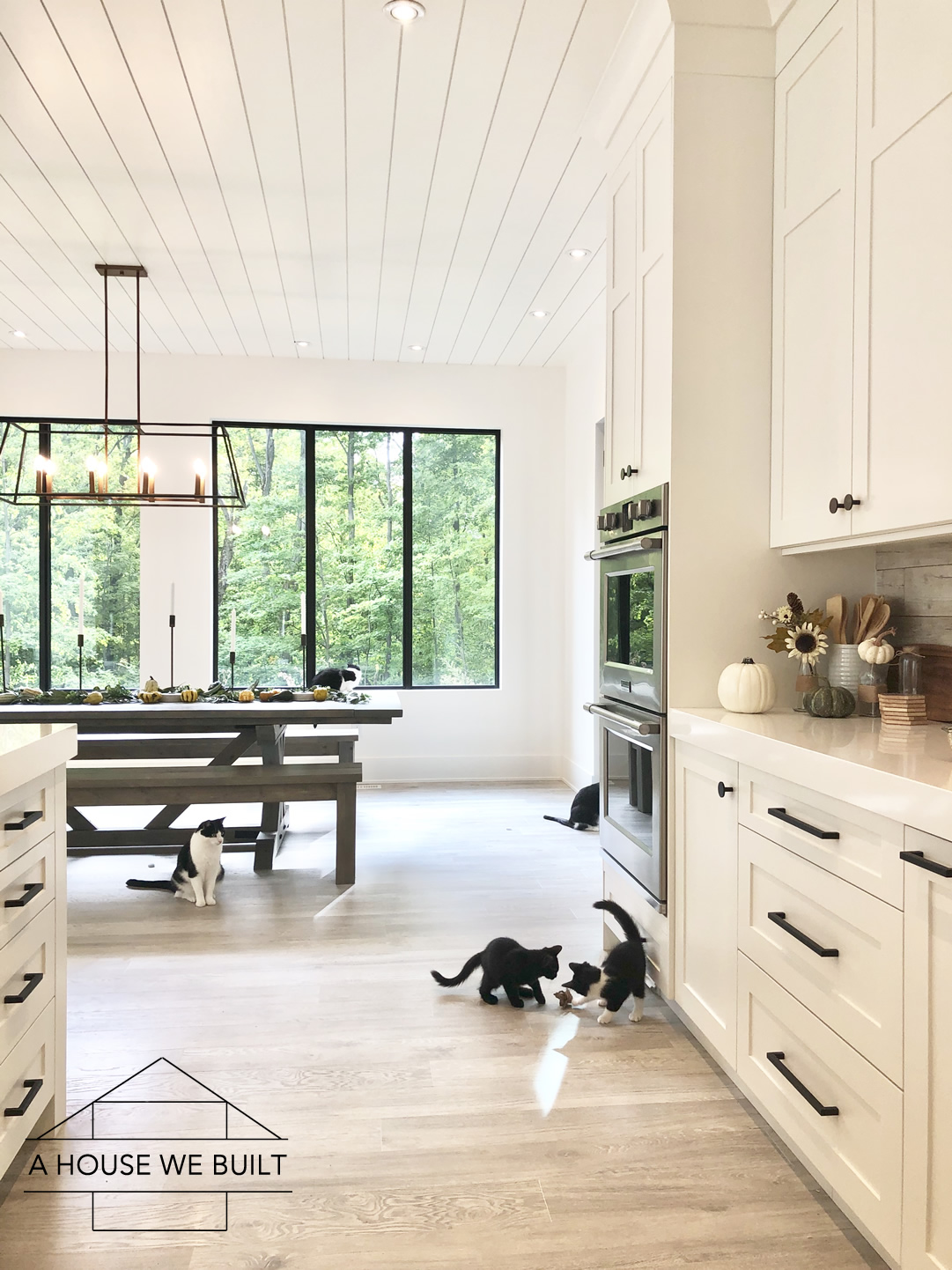 STAGE FIVE: we’d pretty much reached a normal happy state by this point. The kittens had free run of the main floor of our house (with the stairs still blocked off) but I didn’t put them ‘away’ for any periods of time during the day. I always put all the cats and kittens away in their rooms at night though (I always have dont this ever since we moved in — this makes sure that they don’t destroy anything in my sleep and gives them a comfortable safe haven during nighttime). But by this point, our older cats had gotten used to the kittens and were fully friendly! The cats mostly watched the kittens play but even occasionally (lazily) joined in. They tolerated their tails being pounced on, and even joined in some of the games swatting toys back and forth. I’d still take the kittens aside 4 times a day for wet food feedings (I give them half a can per feeding between the two of them, and they have free access to kibbles at all times), but other than that, they’d learned the layout of our house and could find their way back to their room for the litter box and everyone had finally fully adjusted and even bonded!
STAGE FIVE: we’d pretty much reached a normal happy state by this point. The kittens had free run of the main floor of our house (with the stairs still blocked off) but I didn’t put them ‘away’ for any periods of time during the day. I always put all the cats and kittens away in their rooms at night though (I always have dont this ever since we moved in — this makes sure that they don’t destroy anything in my sleep and gives them a comfortable safe haven during nighttime). But by this point, our older cats had gotten used to the kittens and were fully friendly! The cats mostly watched the kittens play but even occasionally (lazily) joined in. They tolerated their tails being pounced on, and even joined in some of the games swatting toys back and forth. I’d still take the kittens aside 4 times a day for wet food feedings (I give them half a can per feeding between the two of them, and they have free access to kibbles at all times), but other than that, they’d learned the layout of our house and could find their way back to their room for the litter box and everyone had finally fully adjusted and even bonded!
One last note I’ll just add: please make sure you give your older cats adequate attention, snuggles, or whatever type of affection they like during this transitional time. I mean, you should do that anyways but it’s easy to focus on the new kittens, but it’s important not to forget that during this time, the older cats need your love and reassurance that they’re not being replaced or overlooked more than ever. So take time to give them that and it’ll make them a lot more accepting of this change you brought to their lives.
Regarding stairs and interior balconies: (What you’re about to read was written 2 months after I initially made this post. I’m editing it to tell you what we ended up doing to teach our cats to be safe around stairs and also the second floor interior balcony that overlooks our living room.) The first week we brought our kittens home, we let them play on the second floor and I quickly realized that they were so small and new to our home that they didn’t even understand what the balcony and stairs were and they’d try to weave in and out of the balusters, and simply didn’t have any fear around them because they didn’t understand that they ‘could’ fall. Since they had so much else to deal with with being introduced to a new family, new home, new big cats, we ended up keeping them completely blocked off from the stairs and second floor for over a month. I waited until they grew to be big enough that they wouldn’t accidentally slip through our second floor stair balusters and fall. When they first came home, they were tiny enough that their whiskers barely brushed the balusters and they were clumsy so I wanted to keep them safe and grounded until they grew bigger. When they got to be big enough to allow up, and after over a month of using my Cat Training Methods on our main floor to teach them the house rules, I did supervised upstairs visits with them where I’d open up the stairs, and let them explore and I’d follow close behind, ready to verbally correct them and teach them proper safety around the railings. We did this a couple times a week for a couple weeks. After about 5-6 times they learned the rules, and I’d graduate to ‘remotely supervised’ visits where I’d let them upstairs alone while keeping watch from downstairs ready to catch them or verbally correct them if needed. After a couple more times of this, they learned and now they have full access to the first and second floors and are have the training to be as safe as is reasonably possible.
Oh, and to block off the stairs, we literally just used a piece of 4×8 drywall I cut in half. One half blocks the stairs up, the other half blocks the stairs down. 4 feet is high enough that the kittens didn’t even think to jump it. The drywall is white so it’s not too ugly to look at and kinda blends into our all-white house anyway so it’s not a point of interest to them.
For feeding, I free-feed all our cats and kittens dry kibble. None of them overeat because they’ve never felt threatened around food — they know it’s always there and it always will be there if they want it so they’re pretty chill about it, and also non-territorial. I feed them a meat mixture with no grains for high protein (I’ve heard this also helps them cause less allergies because their skin stays moisturized). The big cats get one can of wet food daily (shared between them all) at night, it’s part of our going to bed routine. The kittens get about 2 cans of wet food daily – I take them aside to feed them this so the cats don’t get jealous and I feed them 1/2 can in the morning, 1/2 at noon, 1/2 at dinner, and 1/2 at night.
Anyways, I hope that helps explain how we made the transition from a house of three kitties to a house of five! Also, PLEASE if you’re planning to get cats or kittens, always adopt, and spay & neuter!! And if you’re adopting kittens, always consider keeping sibling groups of 2-3 together (unless there’s a true singleton available for adoption). Having other kittens around is huge for helping them stay entertained and happy so wherever possible, please keep kitten siblings together!
#adoptdontshop
*********
BONUS TIP #1: HOW TO ACCUSTOM KITTENS TO TV NOISE. We’re a family that doesn’t leave our TV on during the day at all – we only turn it on at night if we’re specifically sitting down to watch a movie or a show, but otherwise it’s off. Our TV also happens to be in the guest room (temporarily while we build our theater room downstairs), which happens to be the kitten room. So when we got the kittens, we tried the first night to watch a movie even super quietly but it scared them so we turned it off for several days and just let them get used to our house and the older cats without the extra noise and confusion. If you separate all the new introductions into stages for the kittens, it’ll make them acclimatize to each one better instead of getting overwhelmed. Once the kittens were fully integrated with our older cats and felt at home in our house, I decided to teach them that a big TV screen and its weird/loud noises were safe and ok and I was actually surprised by how quickly my method worked (it literally got them used to it in one night) so I thought I’d share my method.
Note: the reason I didn’t do this earlier was that since the TV was in “their” room, I didn’t want to create any negativity or associate anything scary with their room for them, especially since their room is where their litter box is so I wanted their room to be a completely safe space for them.
So I started by just sitting on the guest room bed with the TV off but with the TV remote beside me and just played with the kittens on the floor with a game I knew they loved (chasing tissue paper around the room). Once they were really into the game, I turned the TV screen on but with no sound. They both stopped and stared, ran away for a minute. But I verbally reassured them and continued shaking the toy and encouraging them to chase it, which they did. Once they were happily playing again, I turned on the volume on to the lowest level. Again, they stopped playing, stared, tried to hide. But I verbally reassured them again, and enticed them out with their toy they loved to chase, and just kept playing with them until they were totally happy and fine with the TV + noise. I also stopped playing every now and again so they’d focus on the TV, realize it was ok, I’d verbally reassure them, give them a pet, then continue the game. Each time they got comfortable, I’d raise the volume by just one tick. I was surprised that I was able to get about 20-30 ticks high with this method. Still about half the volume that we’d normally have it set to on movie nights, but that was a huge start. They actually got tired from all the playing and fell asleep nearby so I just kept the movie playing and kept ticking the sound up every few minutes and checking on them. If they woke up, I’d verbally reassure them and they’d fall asleep again.
Side note: the movie I picked for to use for this was Mary Poppins Returns because it was a movie without much violence or scary stuff. I tried Planet Earth first but they didn’t really like the animal sounds so I stopped that and switched to Mary Poppins and that worked. And after that I put on The Incredibles 2 because it had action in it but no gunfire or sharp scary sounds. It’s about slow escalation of sound.
So this took a bit of my time one evening but it was worth it because now the kittens are no longer scared of the TV and its sounds!
BONUS TIP #2: HOW TO ACCUSTOM KITTENS TO LOUD HOUSE NOISES. Around our house, we have a few things that naturally make louder noises: two examples are the vacuum and our coffee bean grinder. Both noises happen every morning so we needed these to be sounds our kittens accepted as normal, and not scary.
To put yourselves in their shoes for a minute, imaging you’re happily sitting on your couch minding your own business and then you suddenly hear this LOUD grinding outside your house, or a LOUD fan sound. Tell me you wouldn’t be worried? But as a human, you’d immediately make a lot of rational explanations. Maybe someone’s using a new gardening tool, maybe there’s a helicopter/plane flying low, maybe someone’s having car trouble, etc. You have base of explanations based on the fact that you understand the human world. Cats DON’T have this. They have no idea why someone would need to cut grass with a machine or hurtle through the sky in a noisy metal tube. They don’t understand our world, so when they hear a loud sound with no explanation it can be genuinely scary to them so what they need is reassurance that this noise is not connected to something that will affect/harm them in any way. Once they understand this, they won’t be bothered by it because it’ll no longer be a possible threat.
So, the first couple times you make that sound, you might notice them run away a little, or hide under something. Even if they’re not terrified, they’ll likely be wary. Turn it off after a few seconds and verbally reassure them. Do that a few times. If the situation allows, maybe give them a pet or some physical reassurance. DO NOT bring them closer to the sound. Let them feel safe. Ours got used to these sounds after about two days because we reassured them. (Also side note: with the vacuum cleaner, I’m extremely cautious to never ever run it too close to them, and never follow them with it so that they basically accept it as a noisy weird thing that doesn’t affect them at all.)
*********
More cat-related posts that might help:
- Cat Room Tour: click here
- Cat-related Sources & Cleaning Tips: click here
- How to Stop Cats from Scratching Furniture: click here
- Cat Training Tips: click here
- How to Introduce New Kittens to Older Cats: click here
- How to Cope with Cat Allergies: click here
- Cats & Decor Tips: click here
Follow us on Instagram to keep up with our cats and kittens and home!
If you have any questions, feel free to leave me a comment and I’ll try my best to help!
